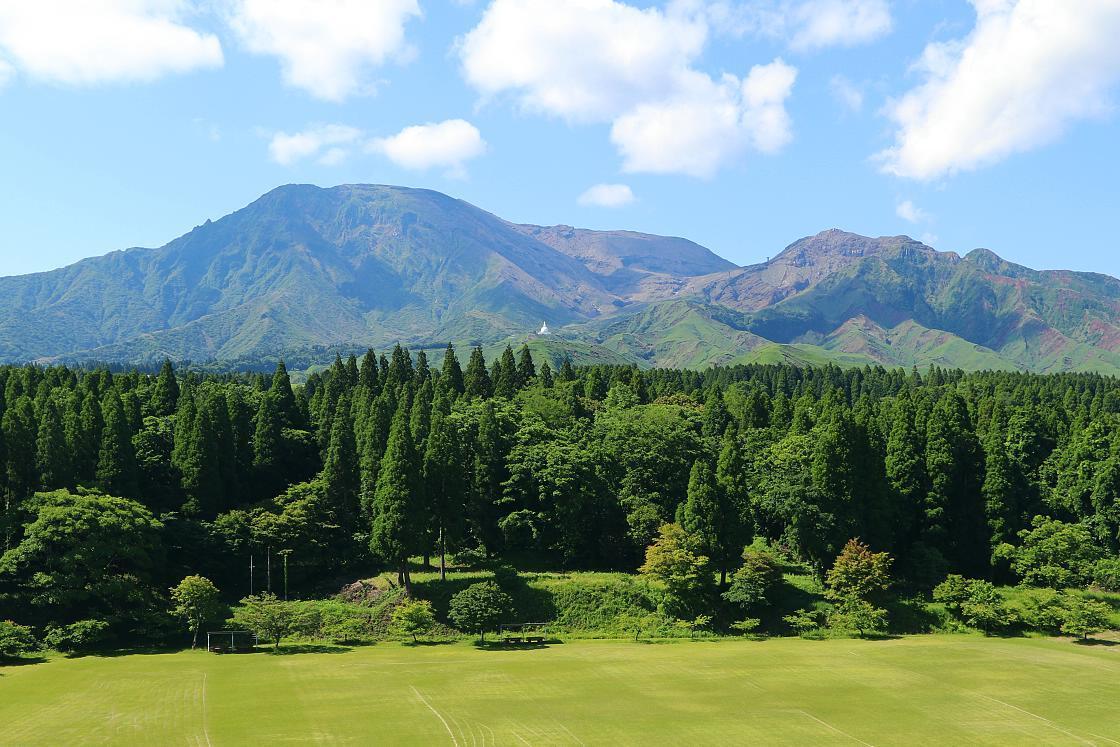The stunning landscapes of Japan’s largest active volcano
Located close to the heart of Japan's southernmost main island of Kyushu, the Mount Aso region of Kumamoto Prefecture offers a compelling blend of dramatic landscapes and deep-rooted cultural heritage. At its center lies Mount Aso itself - one of the largest active volcanoes in the world, and home to a massive caldera that stretches over 100 kilometers in circumference. Surrounding this sleeping giant is a tapestry of rolling grasslands, rural villages, and bubbling hot springs, all shaped over millennia by the rhythms of the earth. Beyond its volcanic fame, the area holds deep significance in Shinto mythology and Japanese agricultural tradition, offering visitors not just sights, but stories.
Whether you're planning a loop around Kyushu or adding depth to a broader Japan itinerary, Aso with its wide-open vistas and warm hospitality can offer a welcome contrast to the country's well-trodden circuit of famous cities. In this article, I'll share one way to spend two days in the Mount Aso area with an itinerary mixing scenic hikes, local attractions and traditional relaxation courtesy of Kamenoi Hotels - a popular chain known for its dining, onsen baths and comprehensive facilities, making it a great choice for foreign visitors keen for an authentic but hassle-free experience
Day 1
Setting off from central Tokyo by train, I changed to a domestic flight at Haneda Airport to Kumamoto taking just under two hours compared to the well over five it would have taken by shinkansen. Arriving at the airport, I picked up the rental car that I would be relying on for the next two days and was soon climbing my way into the highlands to the north east as the western edge of Aso's immense crater rose up to meet me.
Passing through the caldera wall, I got my first good look into the vast interior from a little town called Kurumagaeri, just a few steps from the Futae no Toge Pass. Well trodden since ancient times, the pass later became part of the important Bungo Kaido - a highway connecting what is today Kumamoto and Oita prefectures - and would have been well known to the region's samurai rulers from their regular processions to the capital.
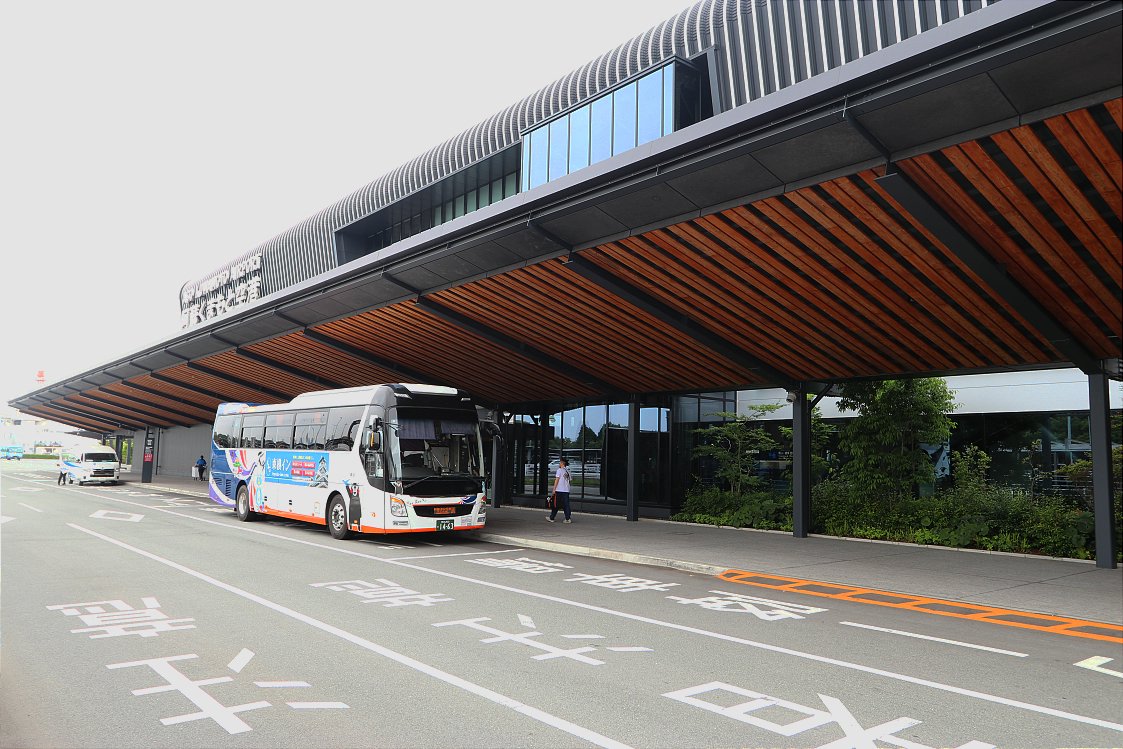
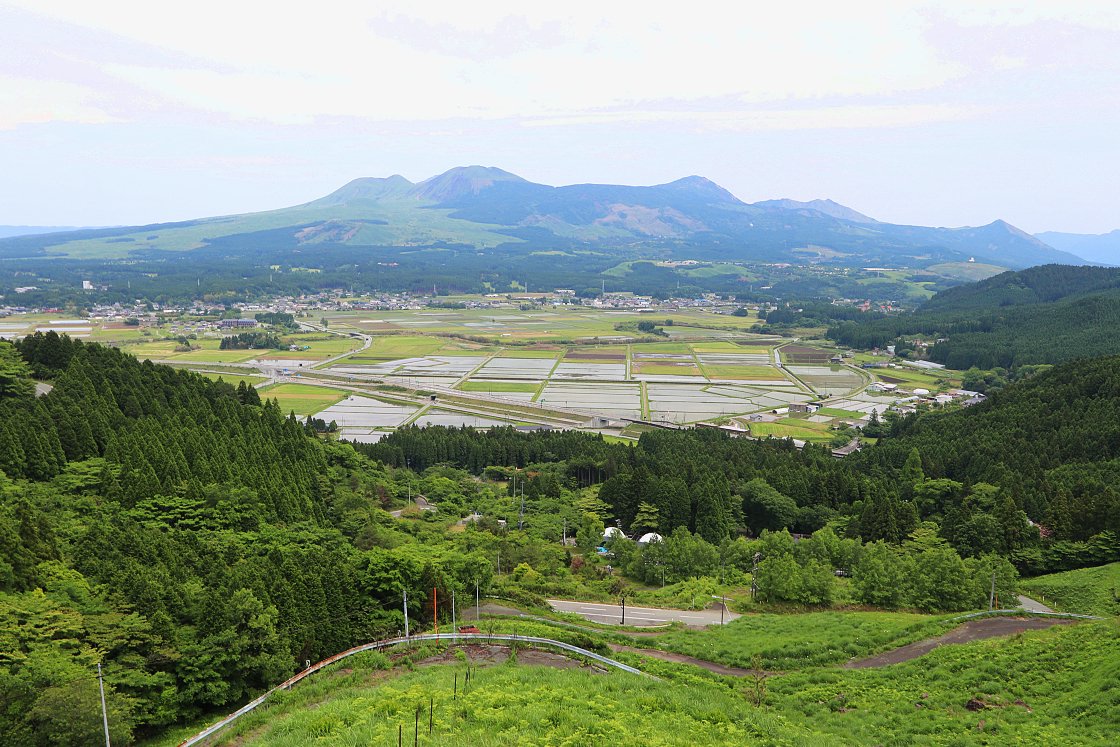
Descending into the floor of the caldera, I continued eastward along country roads, eventually crossing over into the built-up area of Aso City to reach my first stop at Aso Jinja, an ancient shrine widely considered the most important in what is today Kumamoto Prefecture.
While even its oldest current buildings date back only as far as the 1840s, the shrine itself is said to be over two thousand years old. Enshrined within its three main halls are a total of 12 deities, chief among them Takeiwatatsu no mikoto, grandson of the semi-mythical Emperor Jimmu and a pioneer of the Aso Region said to have established its first farming communities.
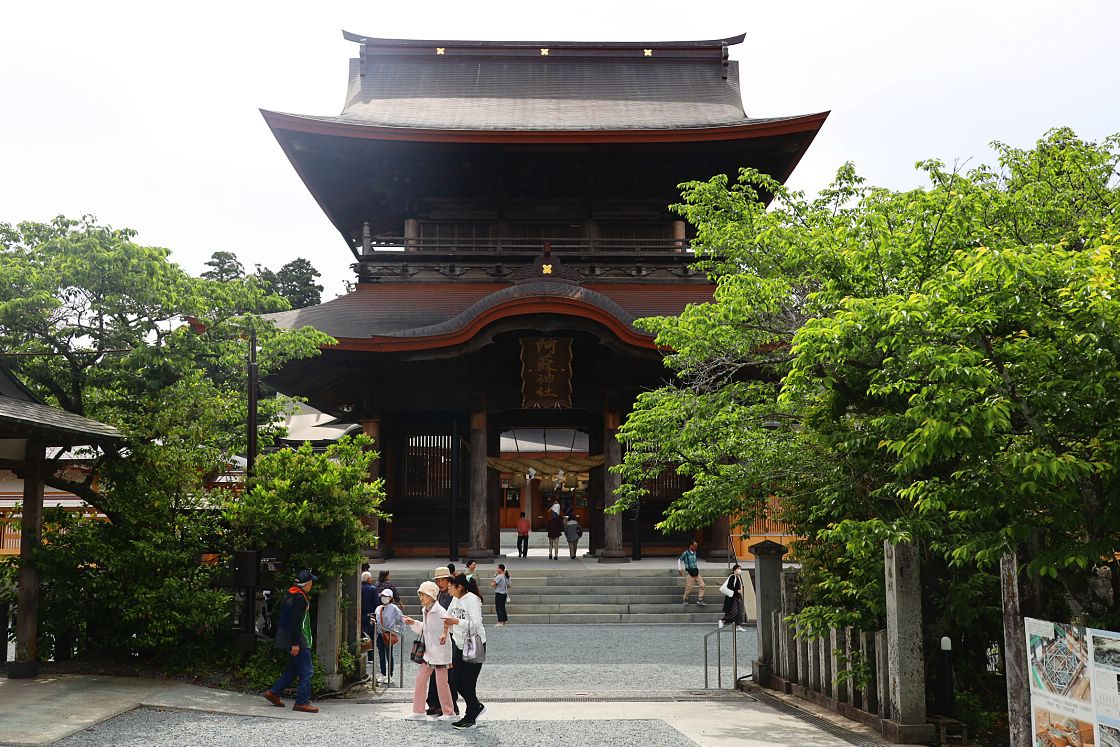
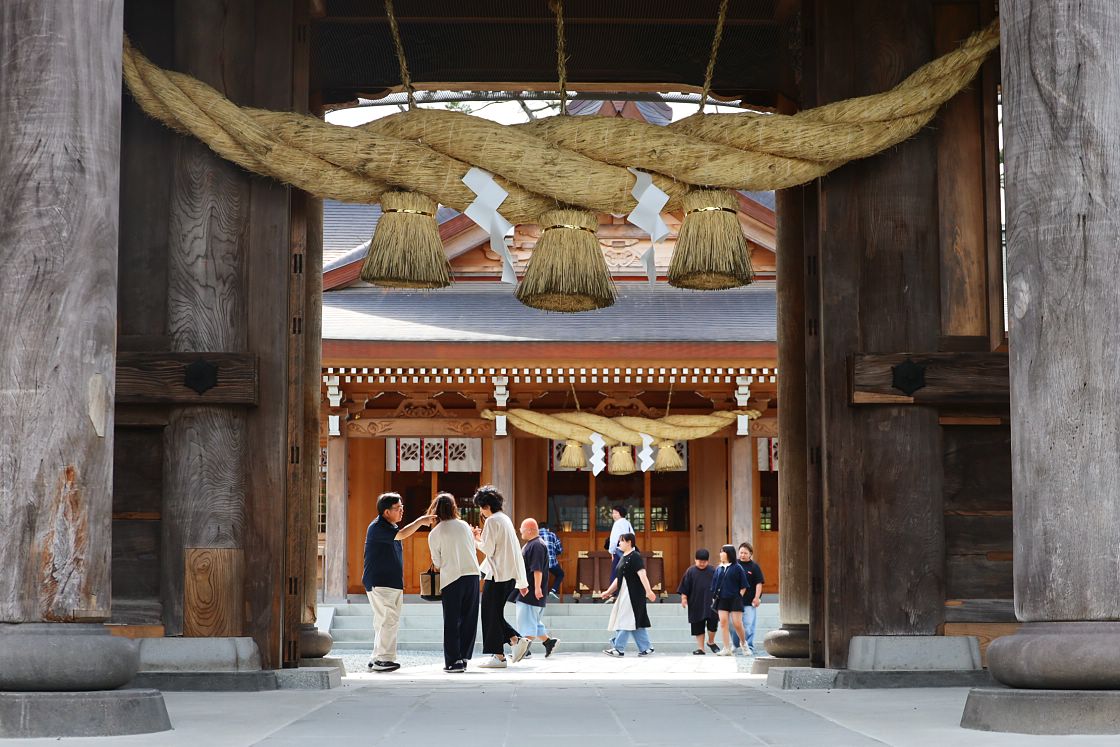
Today, the shrine is especially well known for its Romon Gate, a remarkable two story structure - believed to be one of the three largest of its kind - featuring a majestic double roof rarely seen in Shinto architecture. First built in 1850, the gate was flattened in the earthquakes that rocked Kumamoto prefecture in 2016 but was later meticulously rebuilt, with over 70% of the materials used carried over from the original structure. Two smaller gates to either side, known as the Kangyomon and Miyukimon, open only during the annual Grand Festival when mikoshi or portable shrines are carried through.
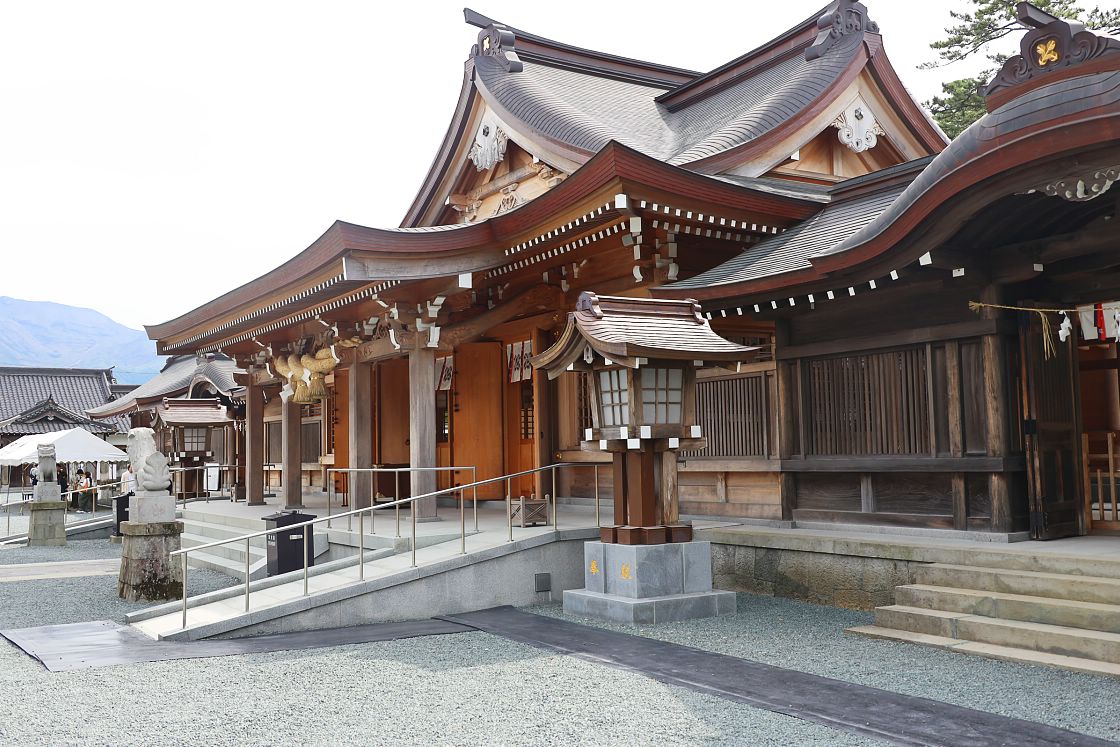
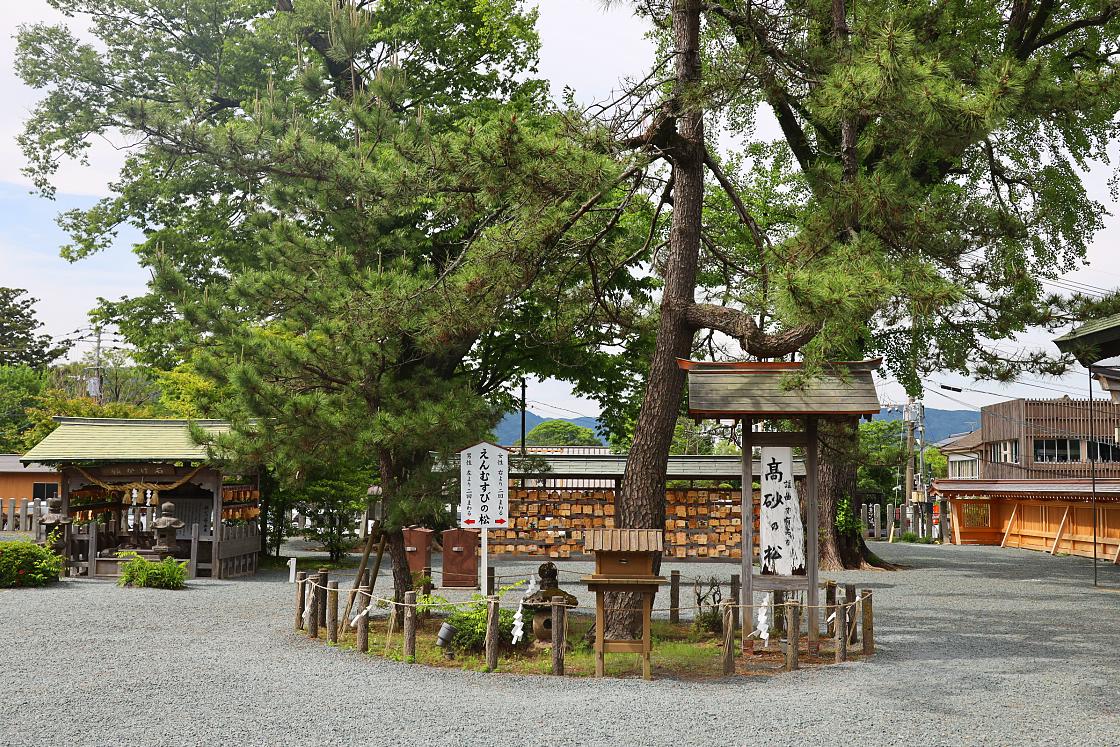
marriage pineis said to bring good fortune to married couples
Apart from its three gates and three main buildings, the shrine is unusual for its approach, which extends not from the front but sideways across the main gate, placing it on a single line with the Kokuzo Shrine to the north and Mount Aso's main crater of Nakadake to the south. Interestingly, the position of its high priest is hereditary - something shared with only a handful of other shrines today - and can be traced back for over 2,000 years, making it one of Japan's longest recorded lineages after the imperial family.
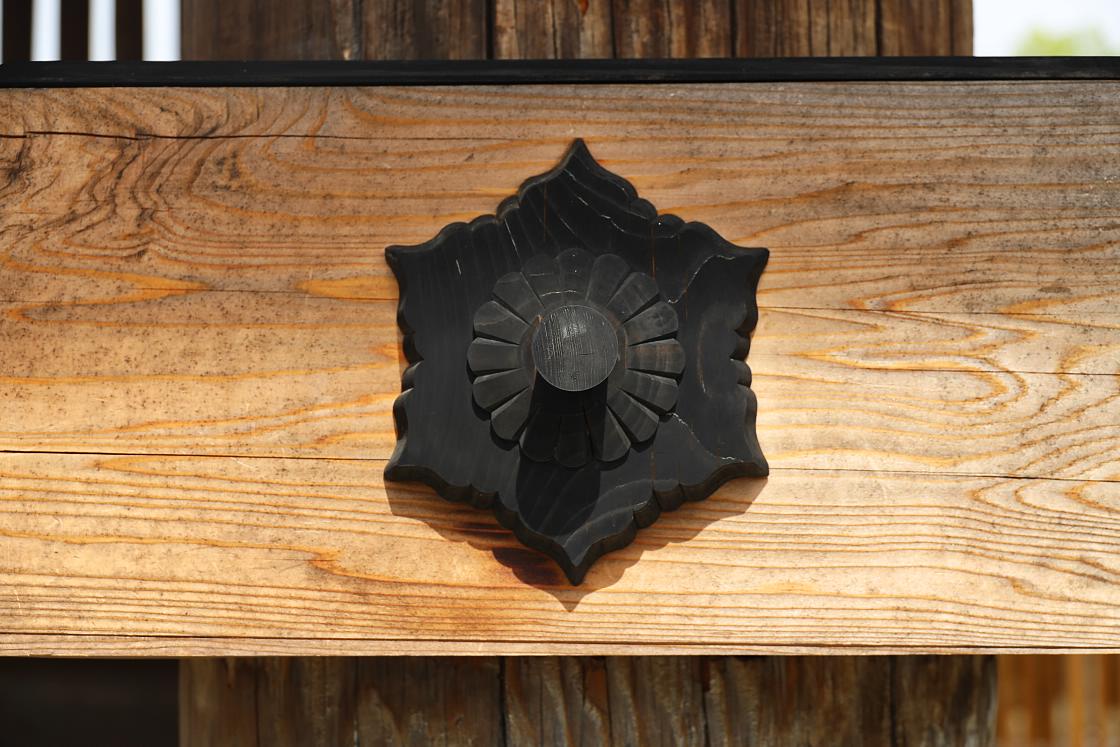
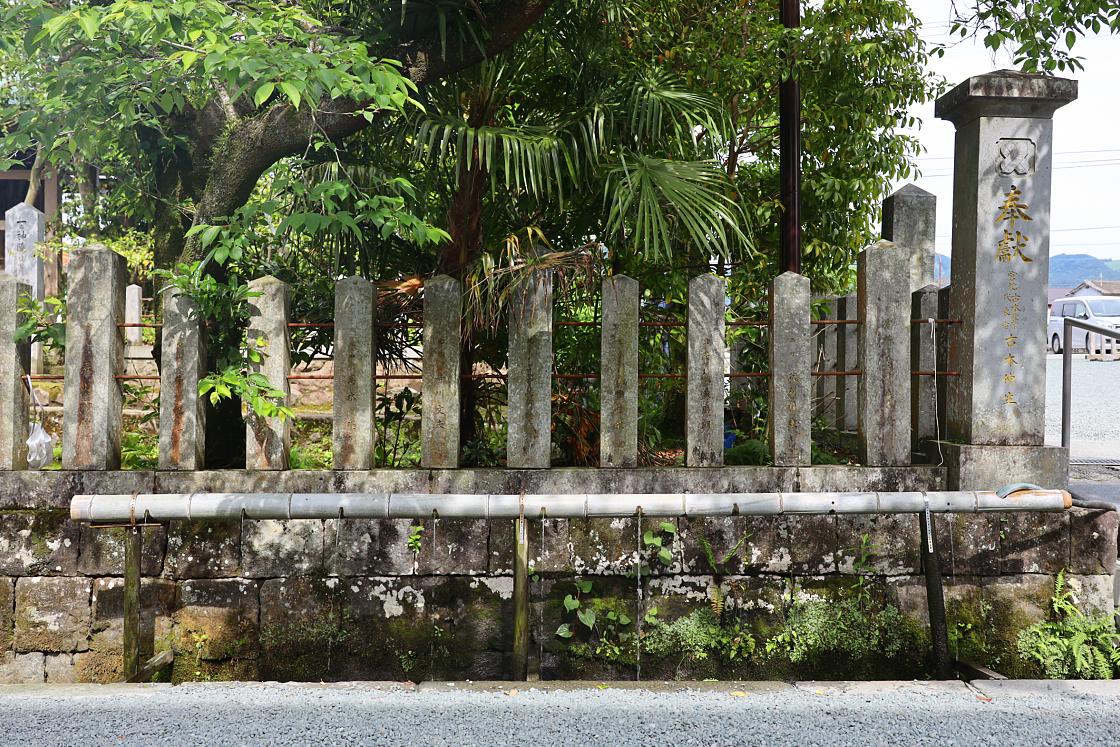
Leaving the shrine precinct behind, I got back in my car for a very brief drive to my accommodation, the KAMENOI HOTEL ASO - a comfortable, resort-style hotel set in leafy surroundings, with Aso's five peaks rising majestically in the distance over a sea of tall trees.
Enhancing both the view and the atmosphere of airy seclusion is an enormous grassy space just beyond the lobby, where guests can take a stroll, enjoy the scenery or play with a generous selection of outdoor toys, from baseball gloves, rackets and balls to RC trucks, all in good condition and free to use.
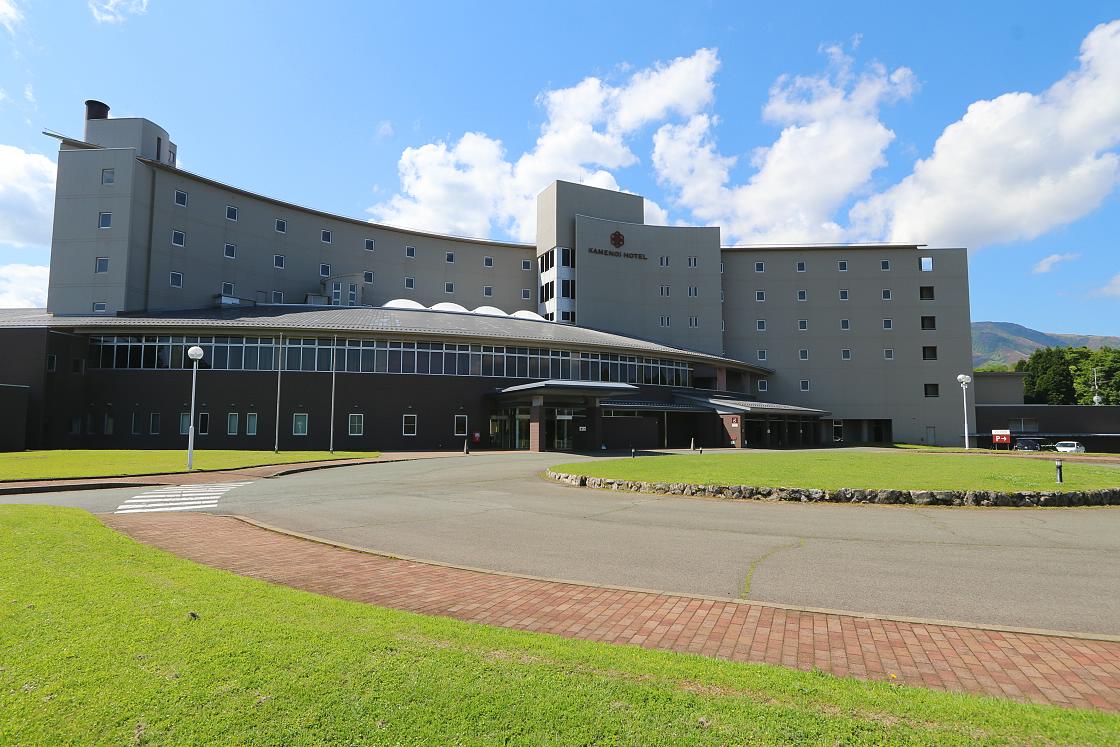
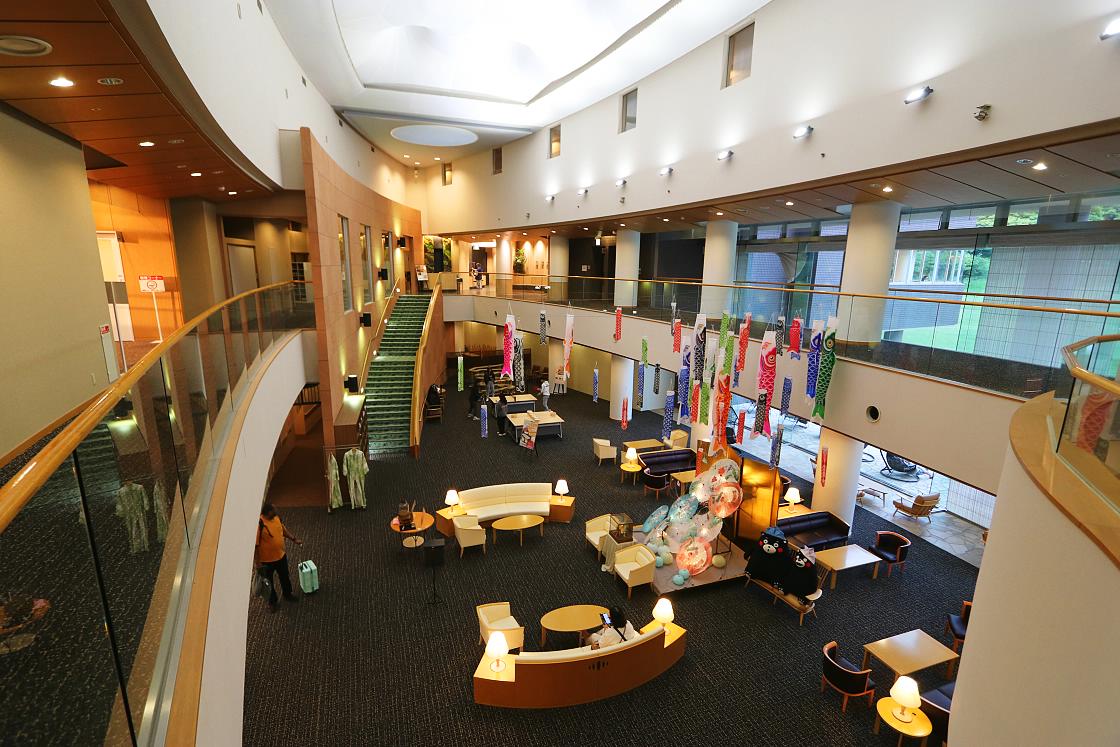
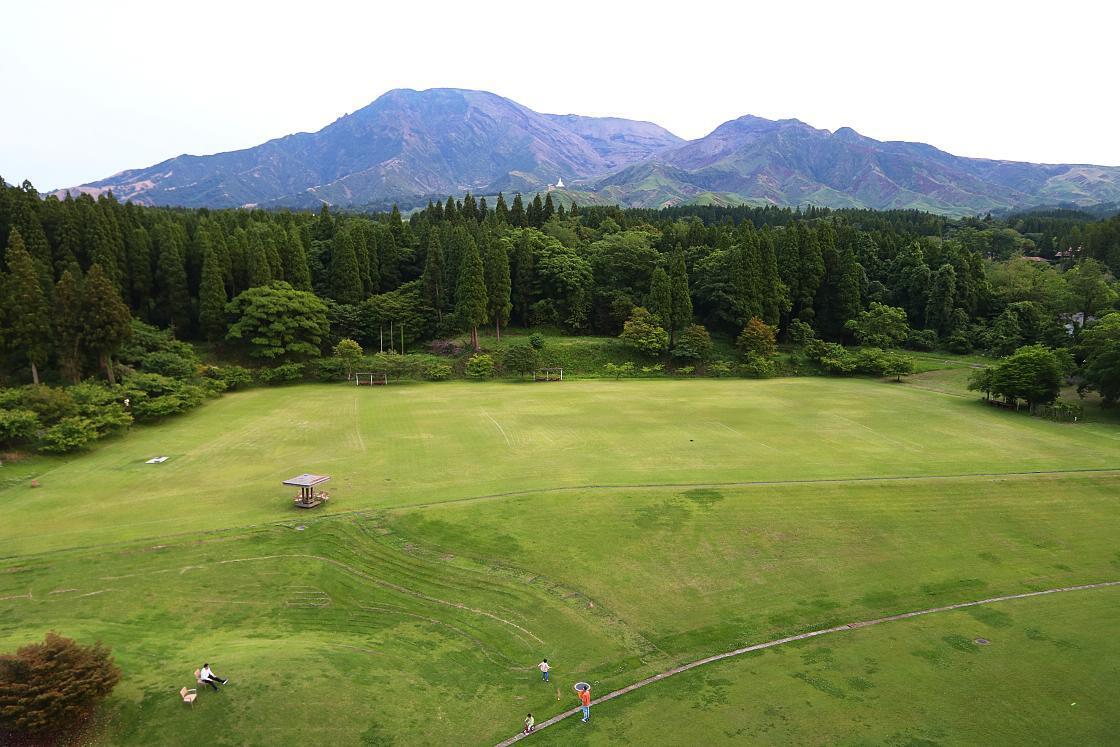
After checking in, I made my way upstairs for a look at my room for the night - a cozy western-style twin. While the decor was fairly standard for a room of its type, comfy tatami matting underfoot and a great mountain-facing view through a generously sized window both greatly enhanced it.
Once I was settled in, I couldn't wait to wind down from my journey with a long soak in the hotel's hot spring baths.
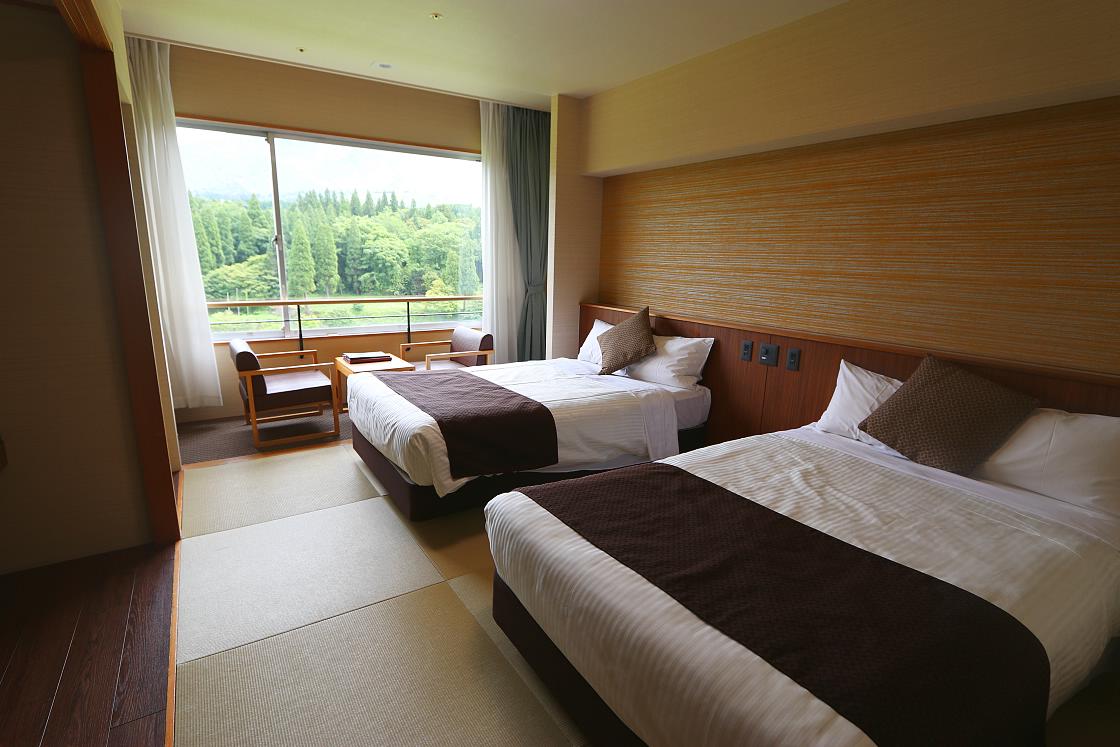
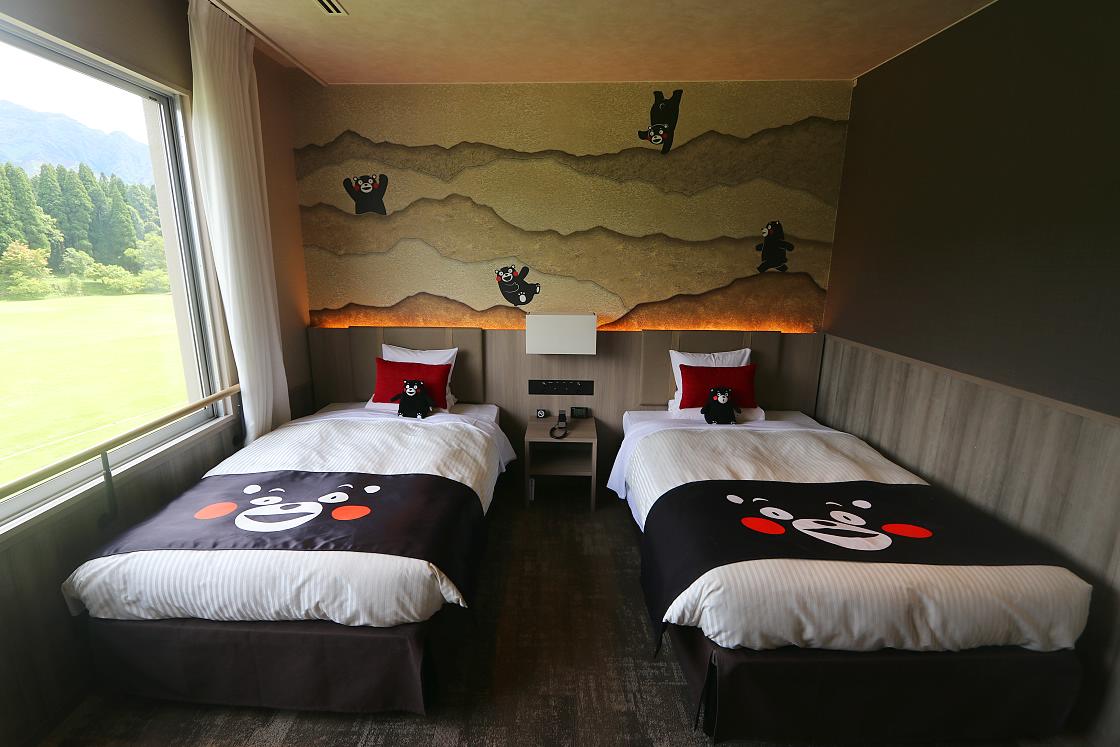
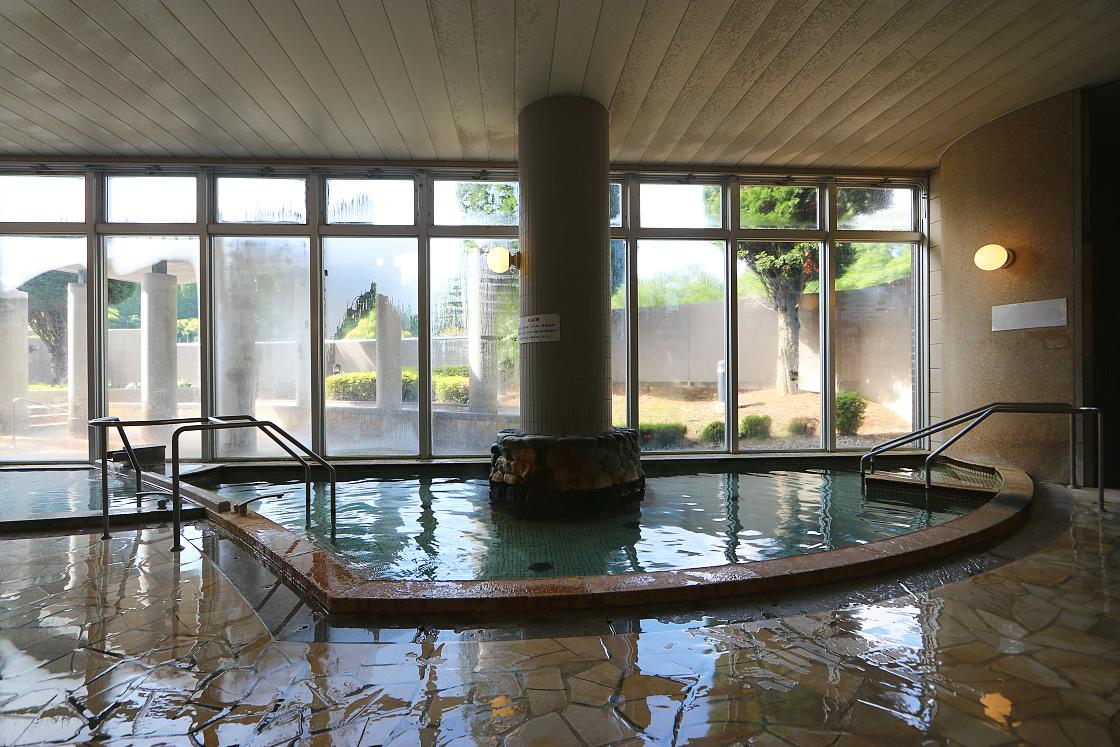
Dinner was buffet-style and served in the new-looking second floor dining hall, looking out over the grassy field with Mount Aso looming over the horizon. With the experience of countless traditional stays under my belt, even the most unique local dishes have long since lost any power to put me off. From time to time though, it can be a relief to choose whatever you want with an absolute minimum of fuss - especially when the food on offer is as delicious and beautifully presented as it was here.
On the menu was a dizzying variety of Japanese and western dishes both hot and cold, from sushi and raw horsemeat to fried chicken and vegetable stew. On the Japanese side, popular dishes from Kumamoto and Kyushu as whole were highlighted, adding to the sense of fun and discovery. Guests could also choose from a range of meat and fish skewers straight from the grill, which struck me as charmingly rustic as well as tasty.
After several circuits of the buffet, it was soon time to retire for the night, ready for another busy day of exploring the area.

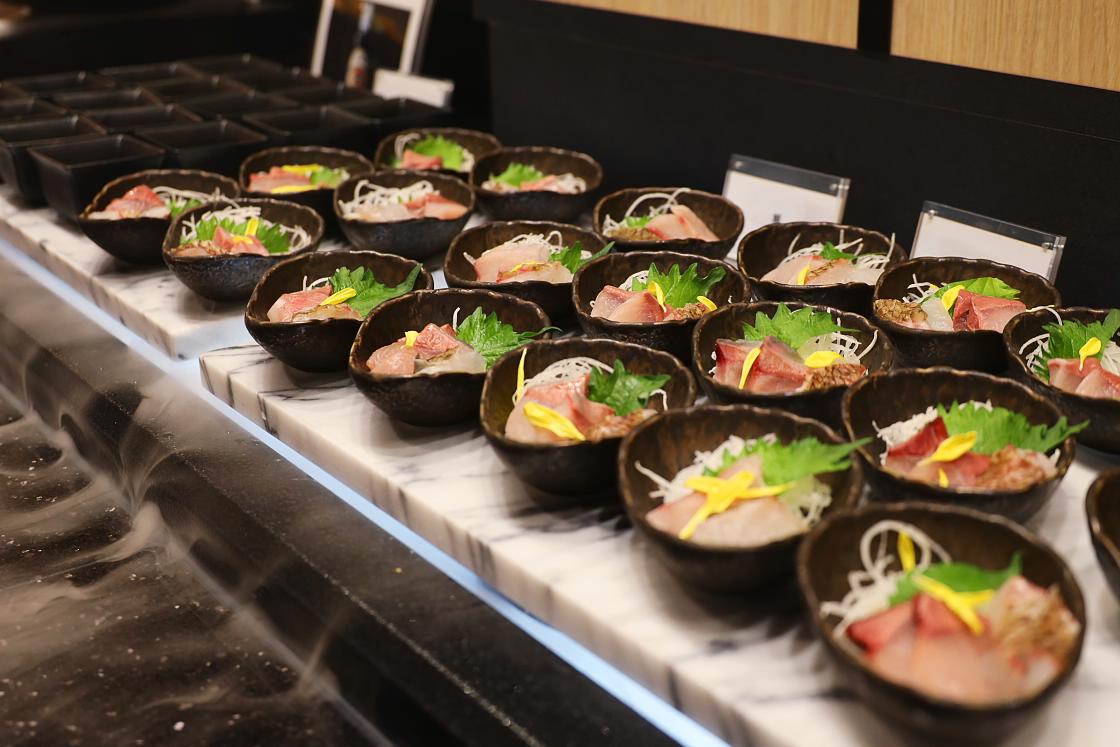
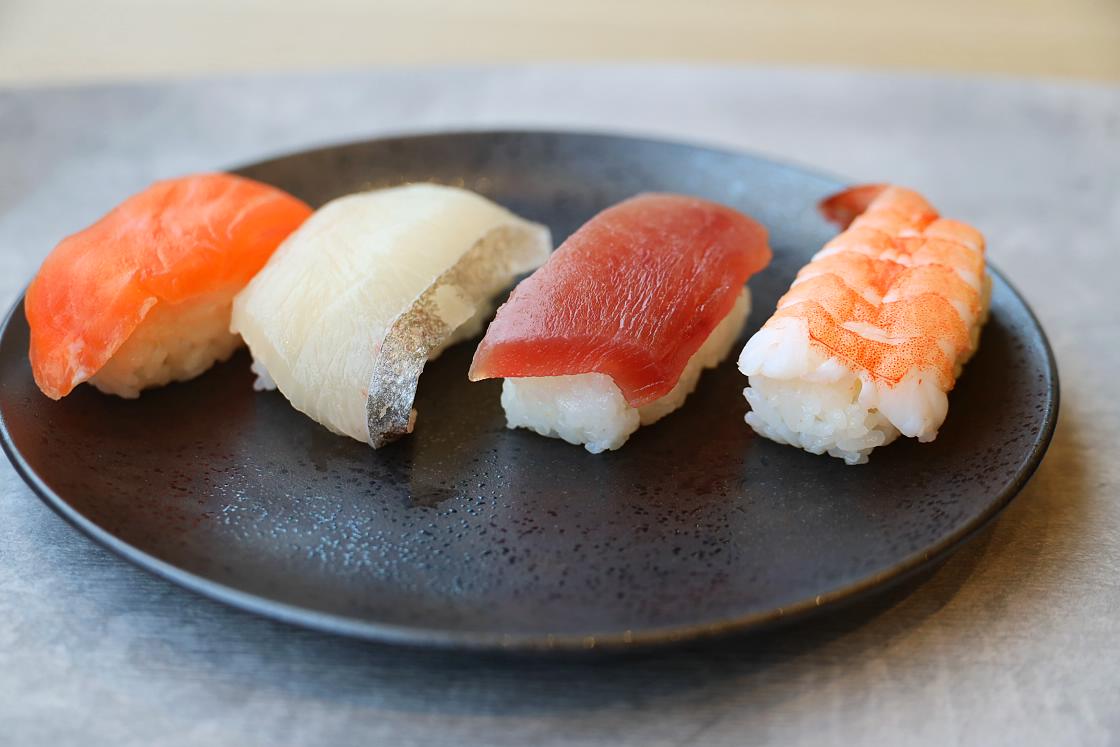
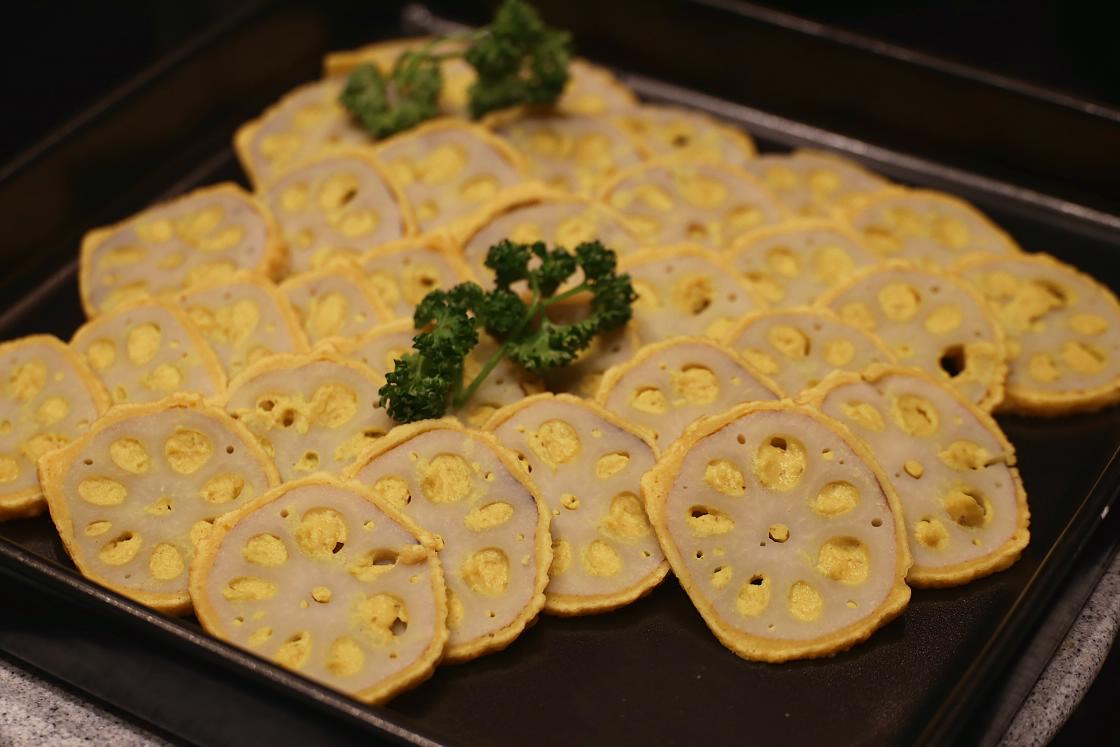


As with all hotels in the chain except for the Kamenoi Hotel Beppu, guests who might get peckish in the later hours can receive a complimentary bowl of Sichuan-style dandan noodles from 21:00 to 22:30, with the three flavors of red chili, black sesame or white sesame sauce available in monthly rotation.

Day 2
Keen to get as much as possible from my time at the resort, I started the next morning early enough for a second visit to the baths before once again trying a bit of everything at the breakfast buffet.
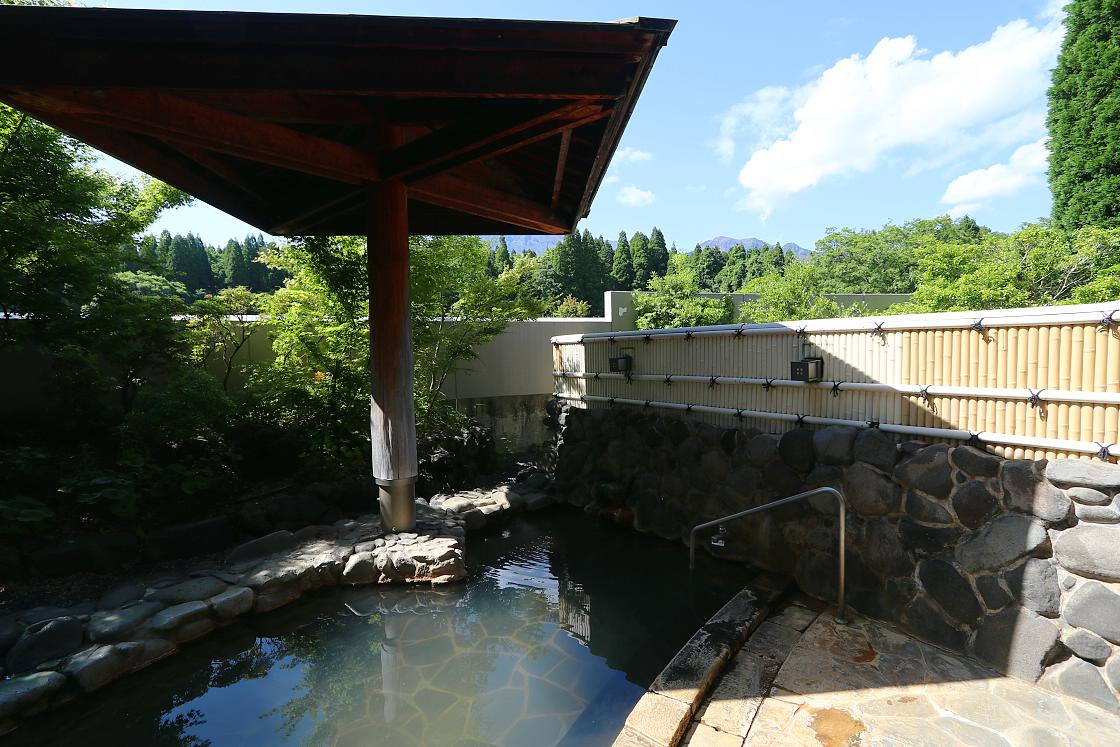
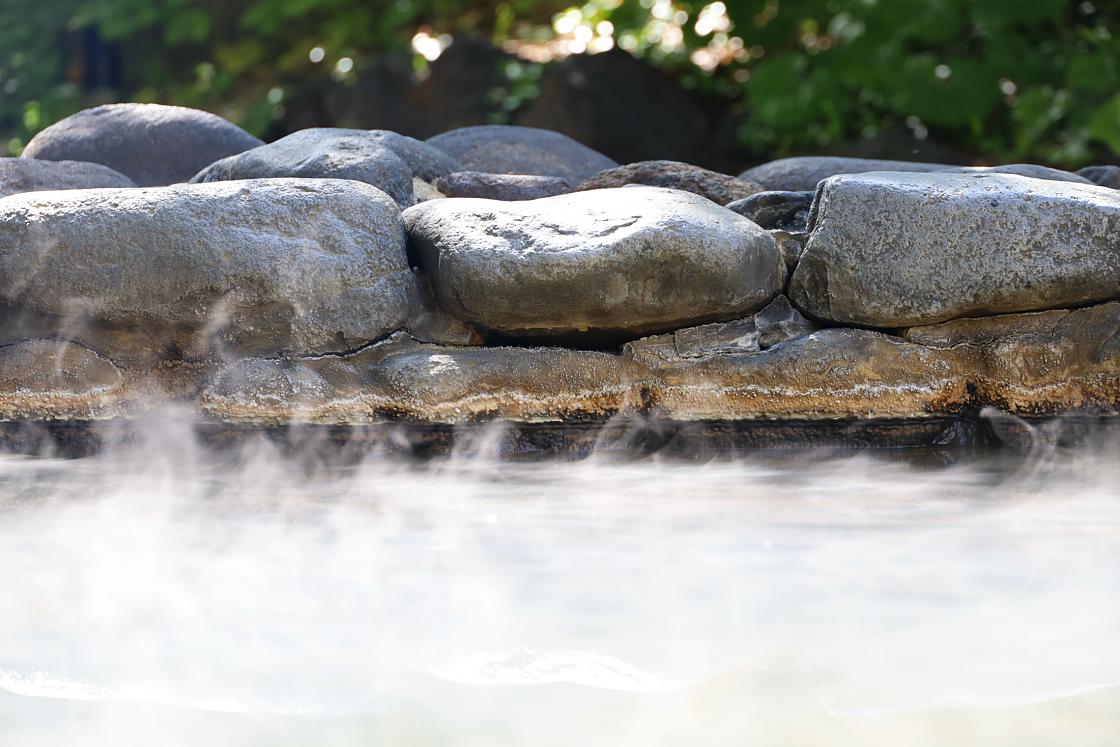
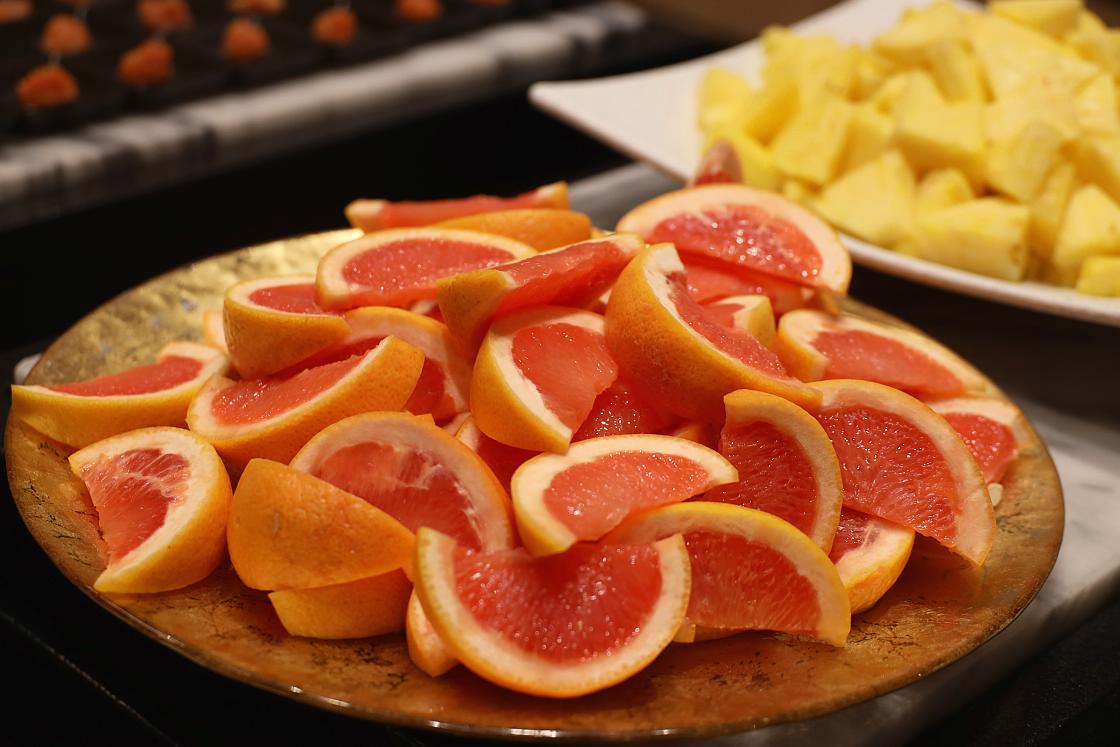
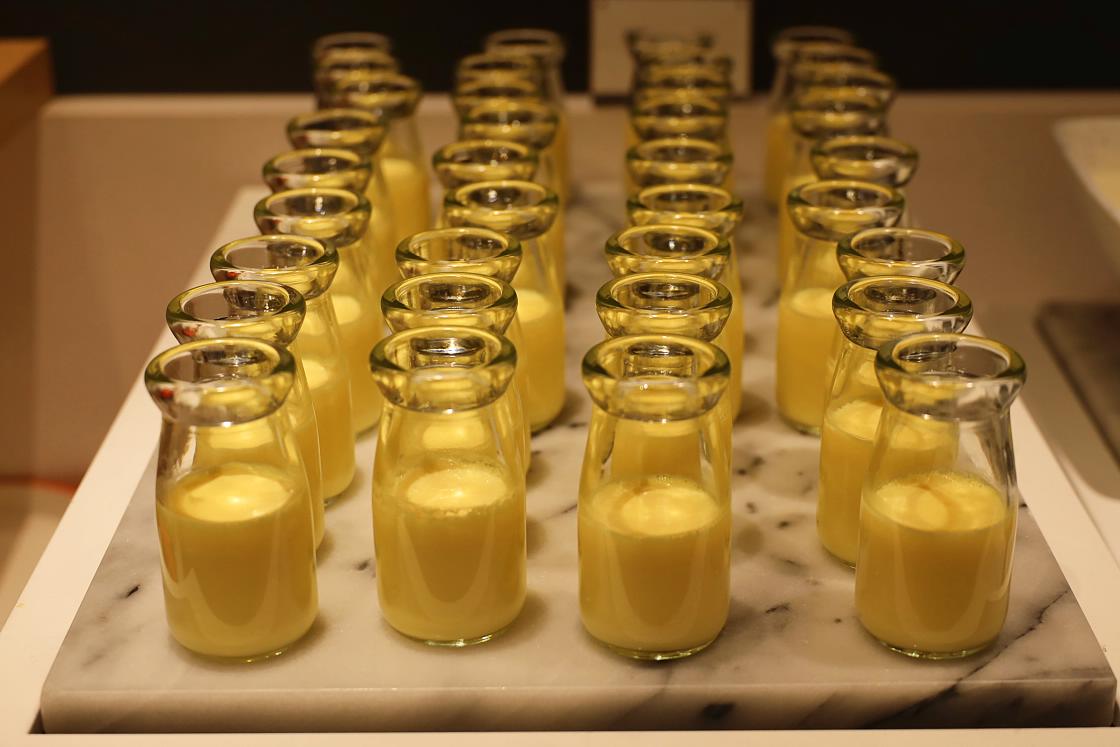
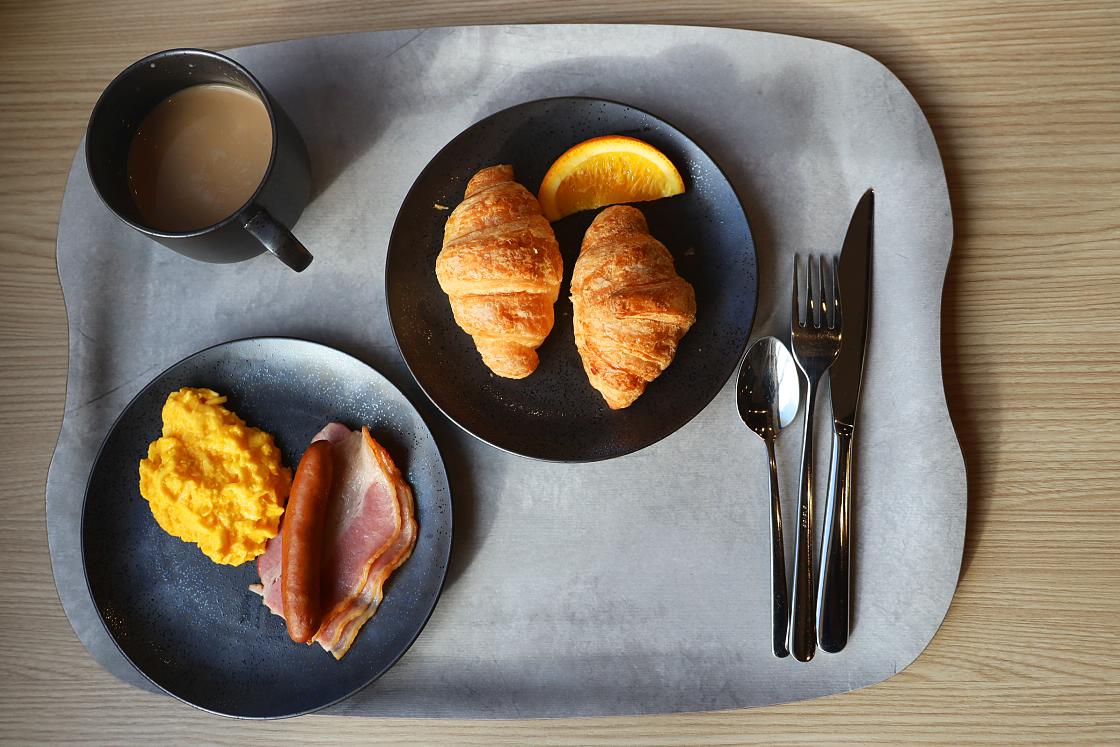
After a quick visit to reception to check out and say my goodbyes, I was soon back in my rental car heading south along narrow country roads, tall trees pressing in from either side. After a while, my little car rose above the treeline and the landscape suddenly dropped away, with rolling, grass covered peaks to one side and the expanse of the crater floor to the other, flooded rice fields winking in the sunlight like mirrored lenses.
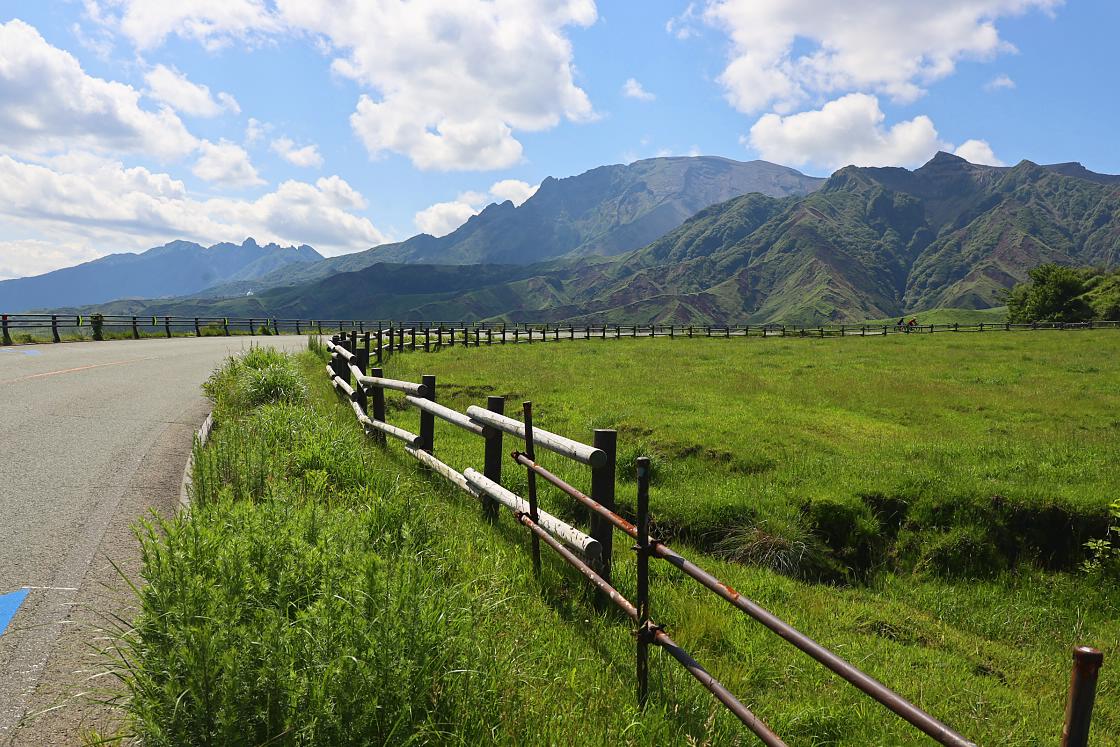
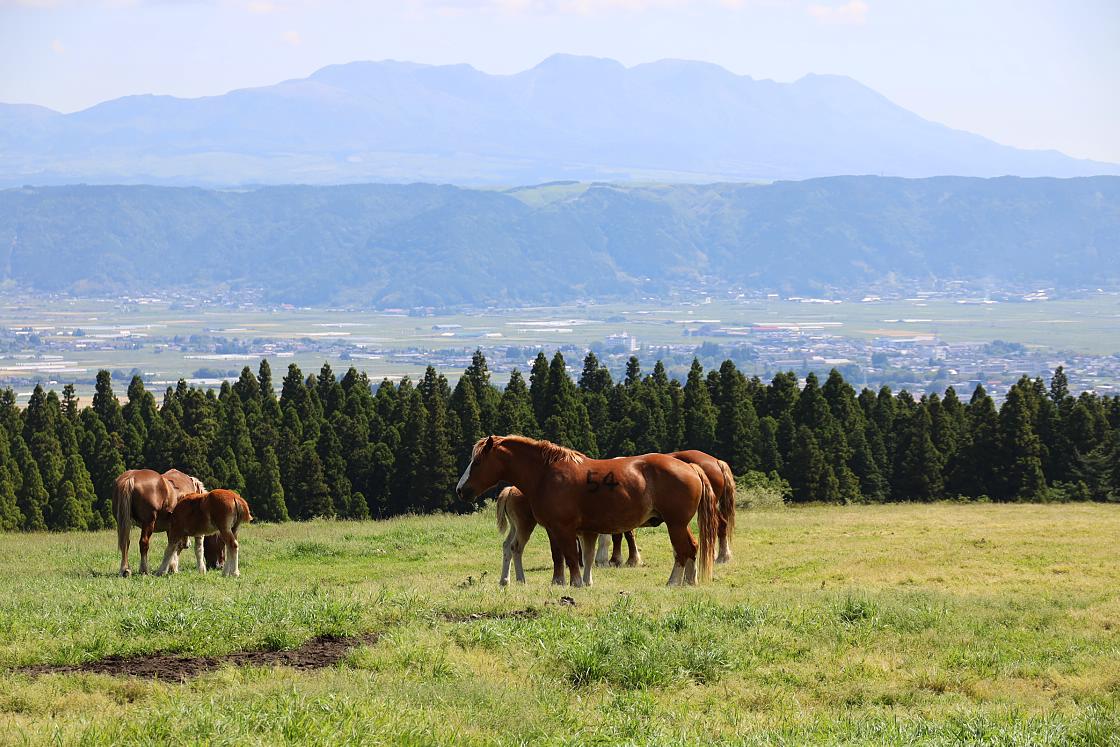
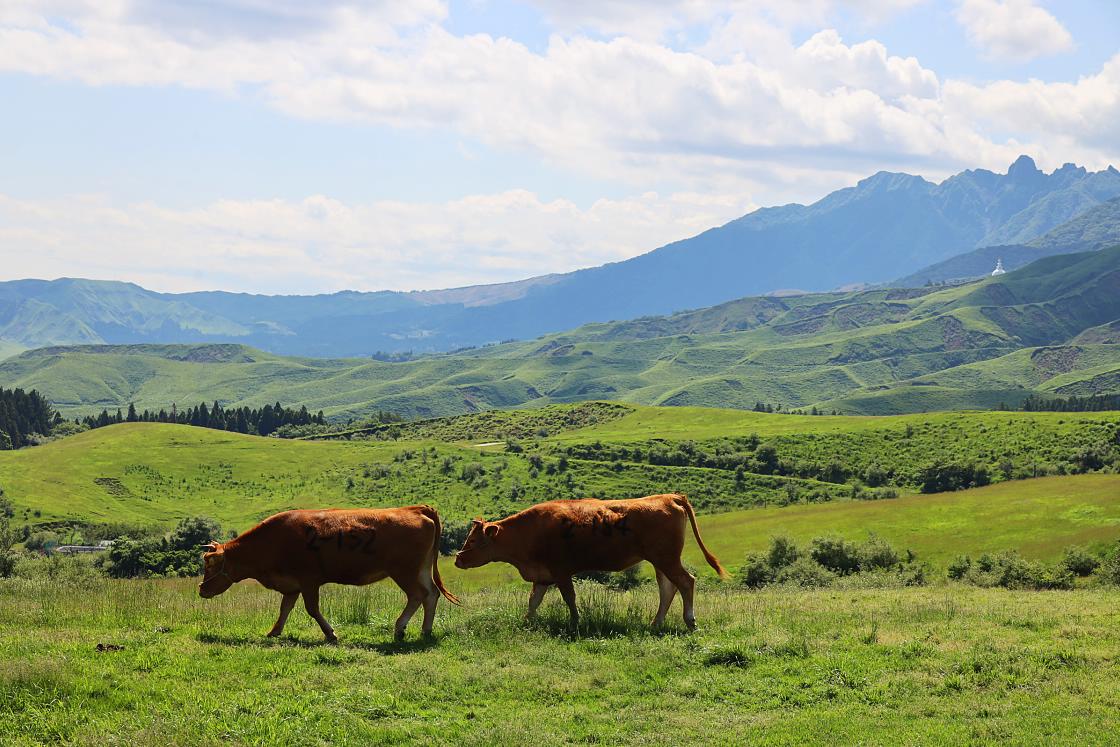
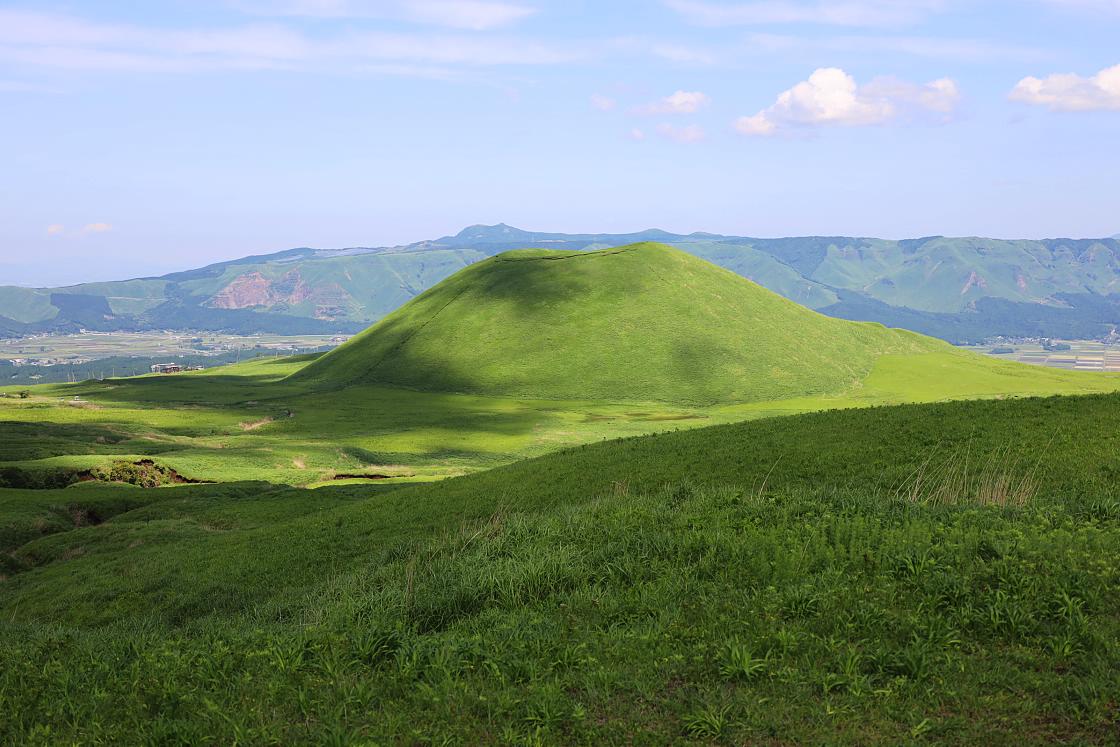
With a few minutes to spare, I took a diversion to the caldera's northeast edge and here, along a narrow strip of country road called the Hakoishitoge Pass, I experienced a moment of total, stunned immersion as Aso's five peaks lined up in front of me from south to west, a brisk wind rushing up the ridge to meet me and with it a sudden shocking sense of the crater's scale.
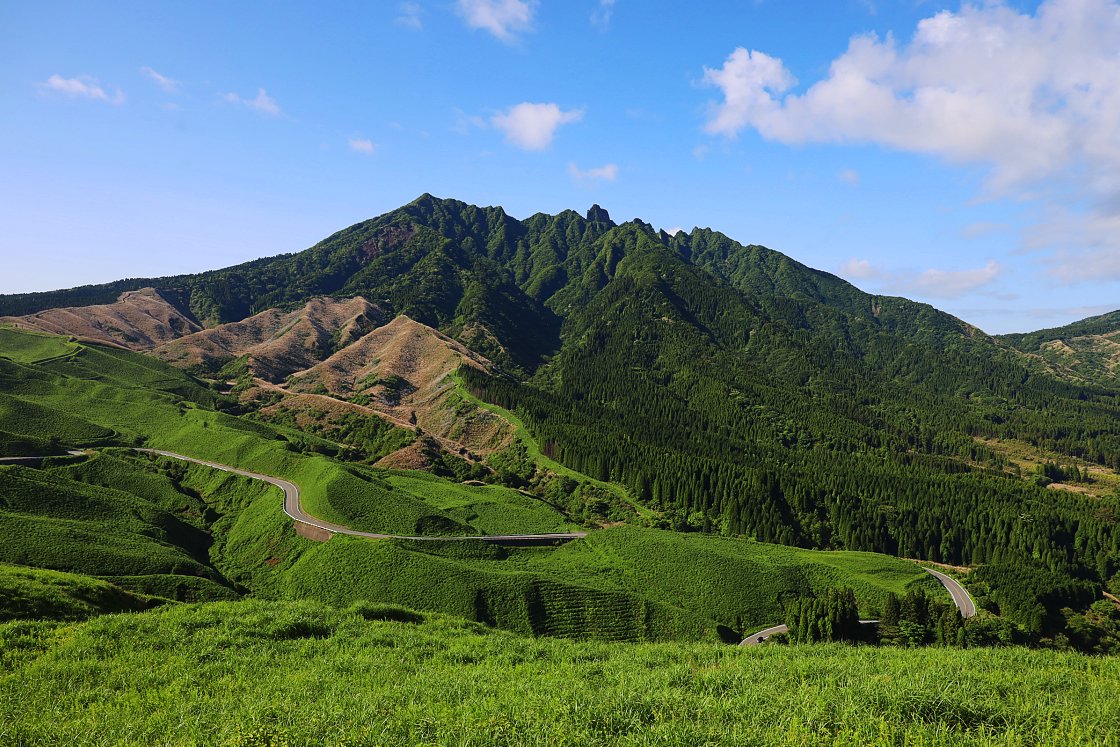
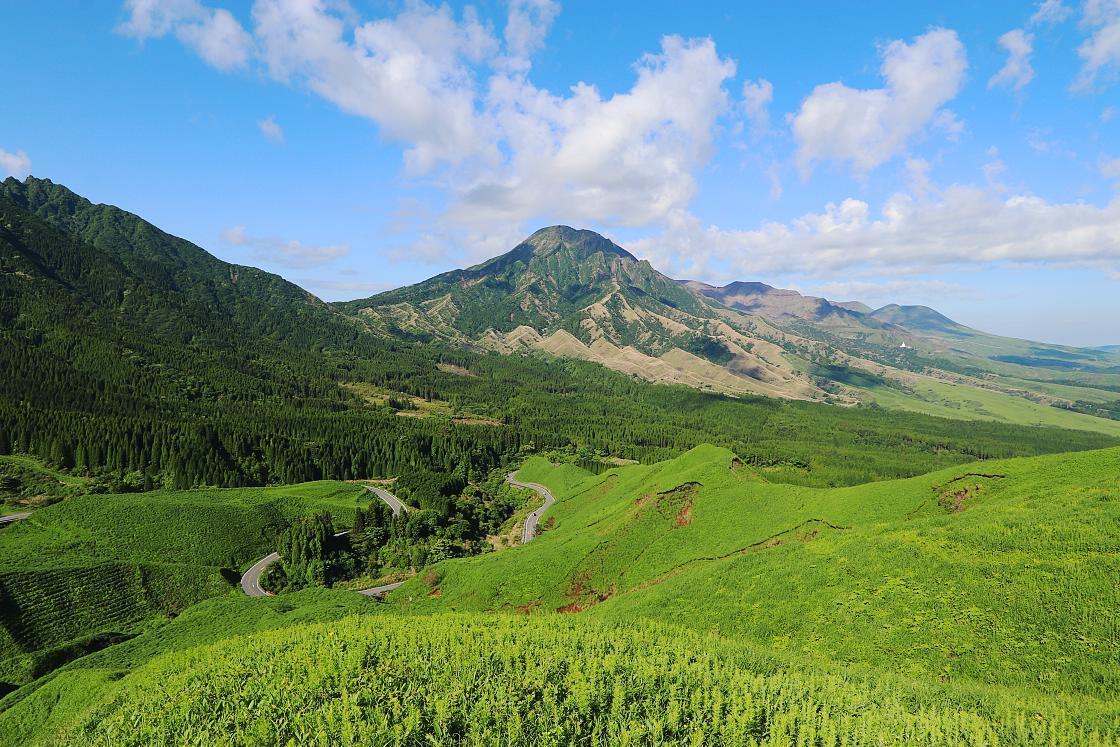
At last, I arrived at the Kusasenri or "thousand leagues of grass", a neatly circular crater about one kilometer across and one of Japan's most scenic expanses of grassland. Formed about 30,000 years ago in the course of multiple eruptions, the crater's twin central cones have long since sunk into two shallow rainwater pools, while its rim rises at its northern and southern ends to form the twin peaks of Kishimadake and Eboshidake.
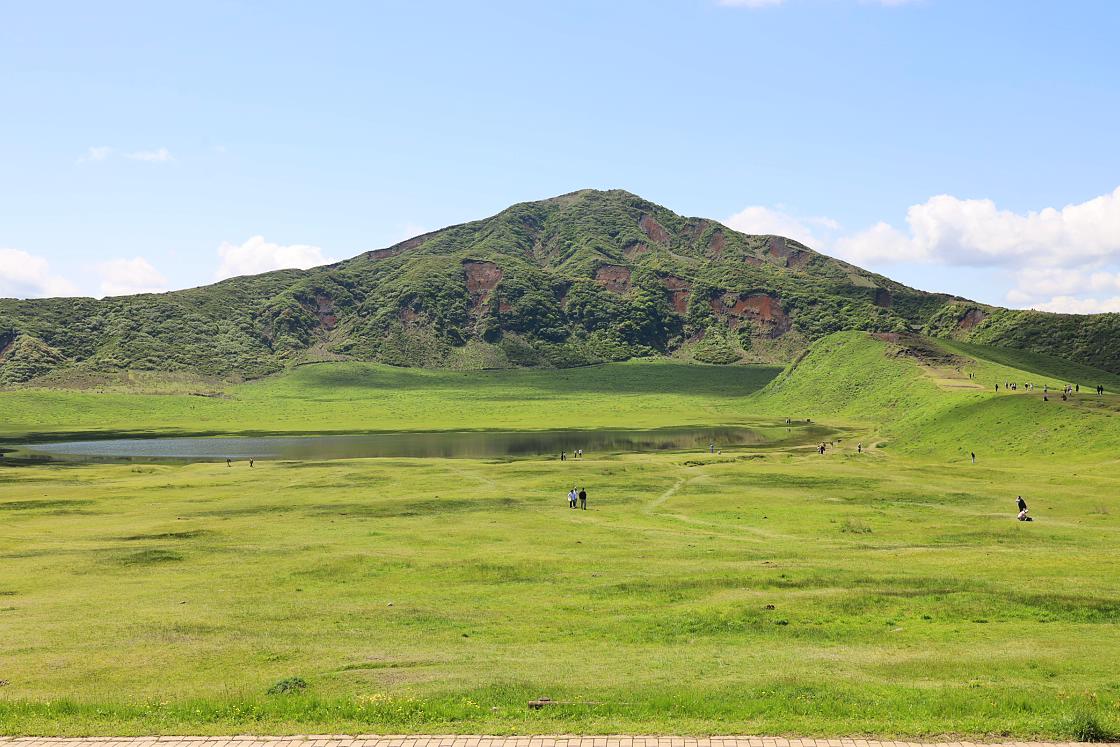
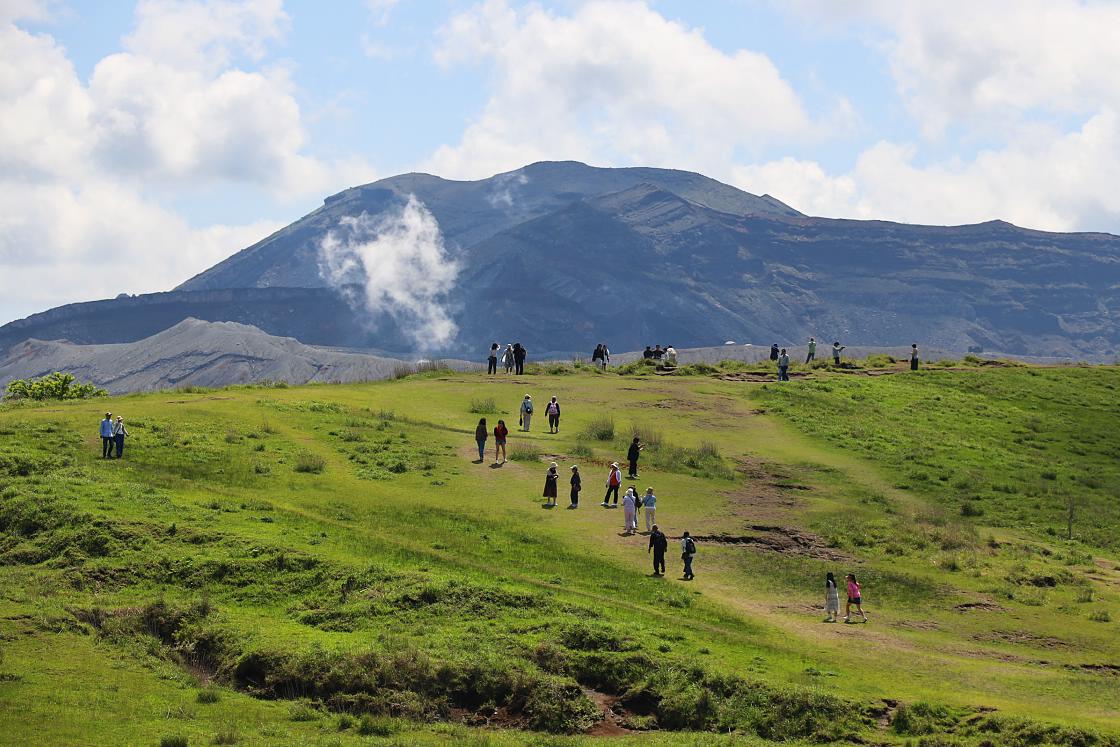
The call of the surrounding scenery was strong, but I managed to pull myself away long enough for a visit to the nearby Aso Volcano Museum, facing across the grassy plain towards Eboshidake from a large parking lot that also serves as a trailhead to a series of local hiking routes.
Sharing its ground floor with a local visitor center, the three-story museum covers the area's unique geology, wildlife and local culture through a series of exhibits and a short film, screened side-by-side in different languages. Despite a shortage of English explanations and many of its displays looking a bit faded, the museum did a good job of piquing my interest before my own hike, while the visitor center carries local walking maps and plenty of other useful materials.
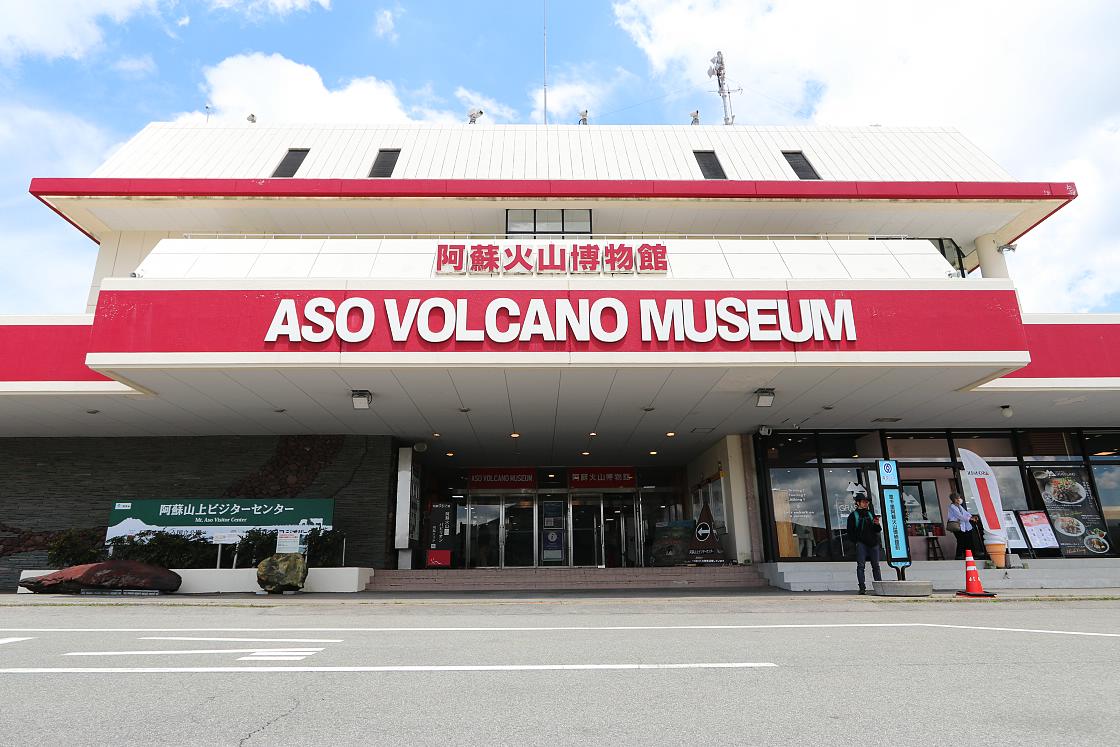
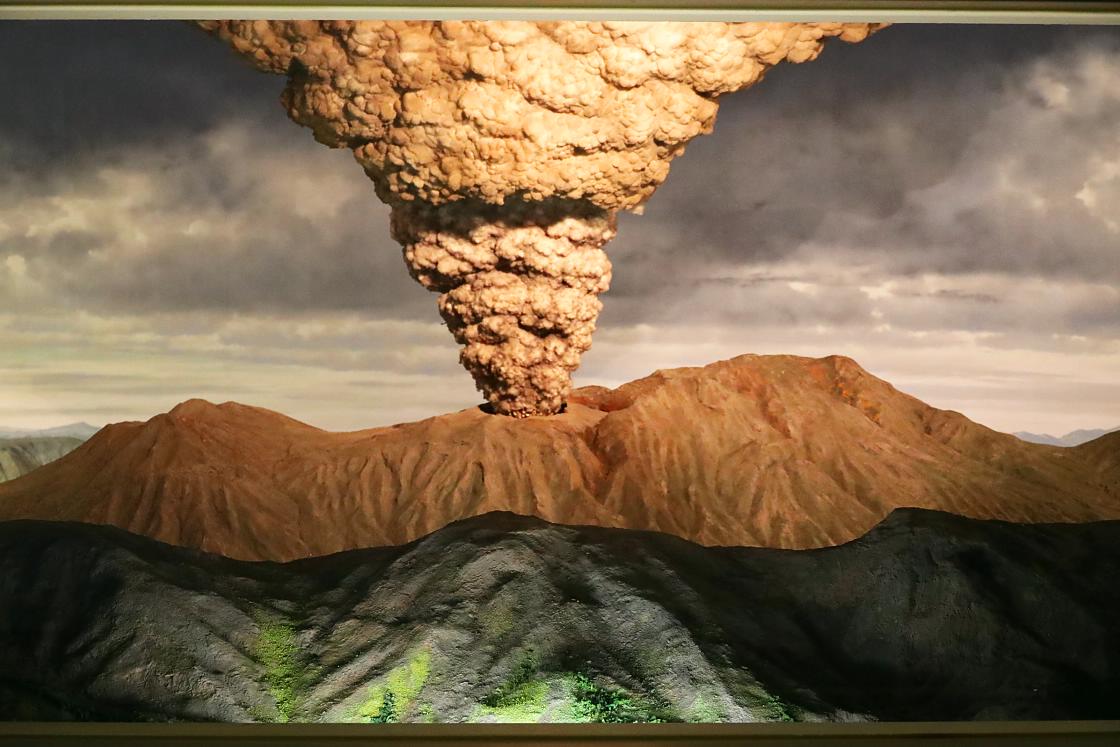
Setting off from the parking lot, I turned northeast towards Kishimadake - a 1,326 meter cinder cone, formed by its own localized eruption, some time after the last of the major lava flows that helped shape the wider Aso region some 90,000 years ago. For the first 20 minutes, the trail led through some woods and up a gentle slope to the base of the peak itself.
From here, the path turned sharply upwards into a steep and mostly straight scramble to the rim, the ascent made somewhat easier by several lengths of steps, but with no shade at all to keep off the sun. Arriving at the summit, I was able to continue in a circle around the rim, revealing Kishimadake's own smaller crater and sweeping views out into the surrounding landscape.
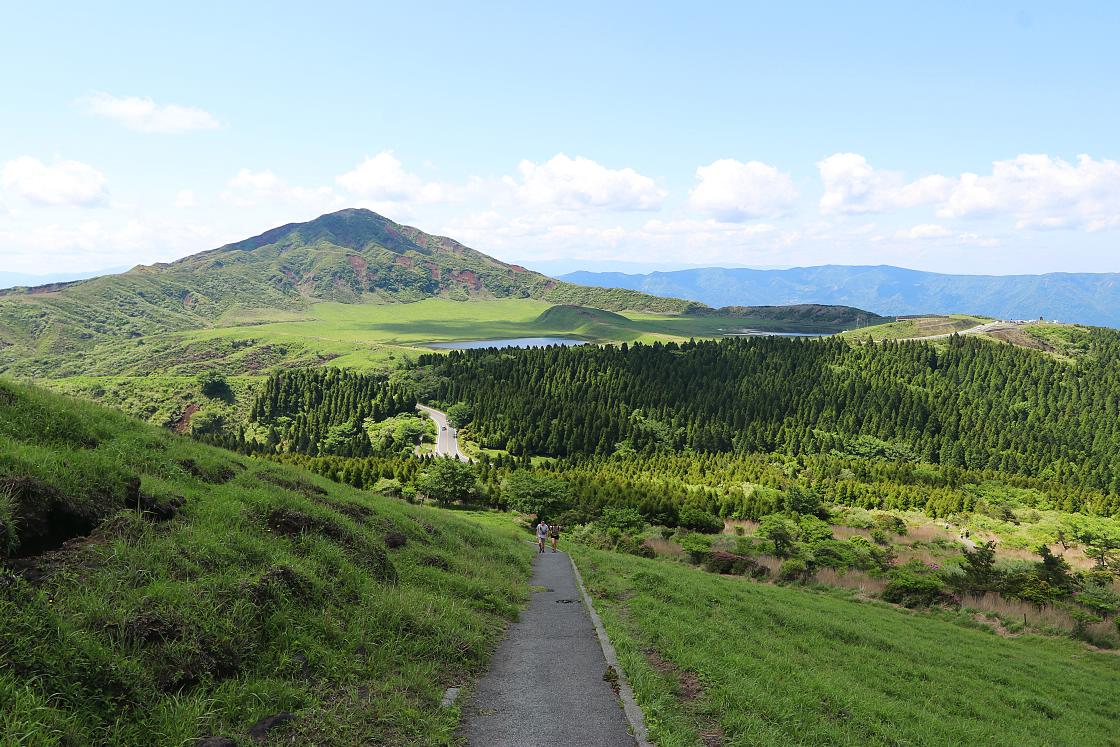
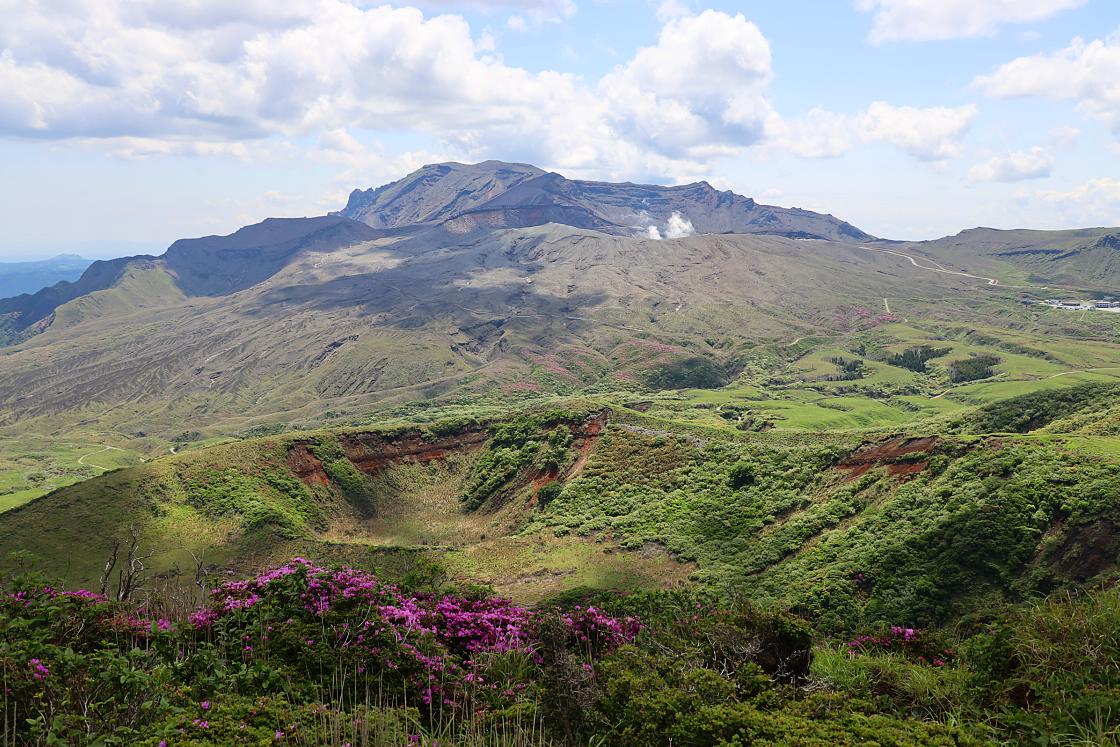
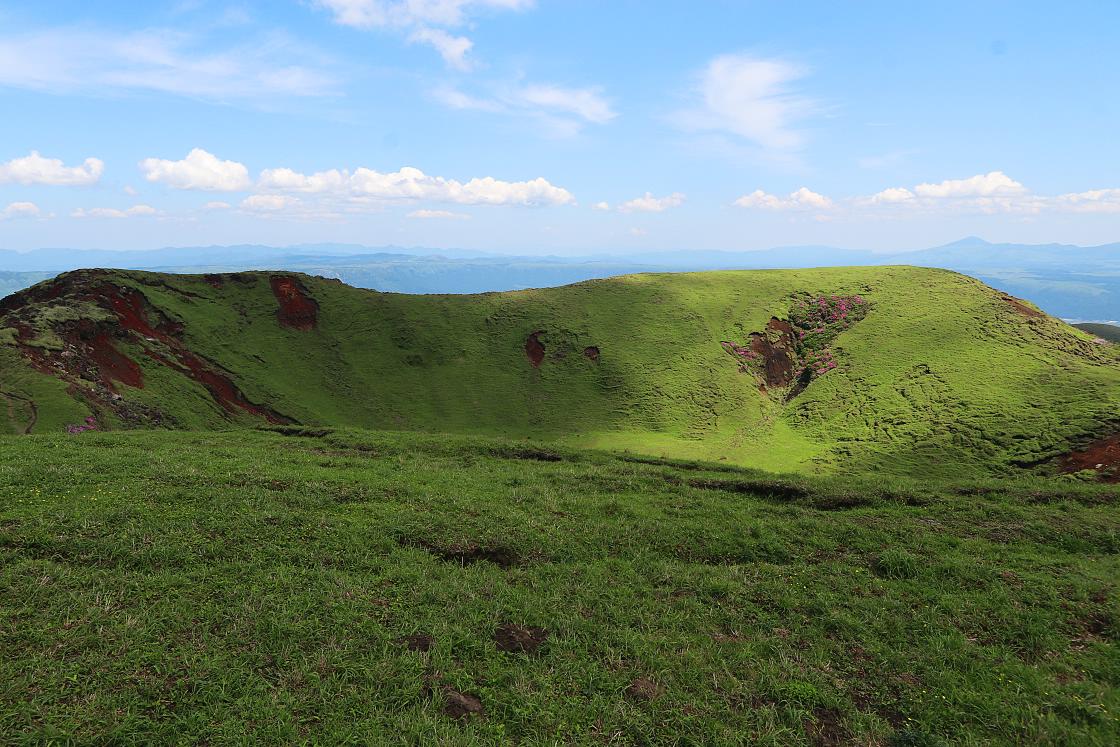
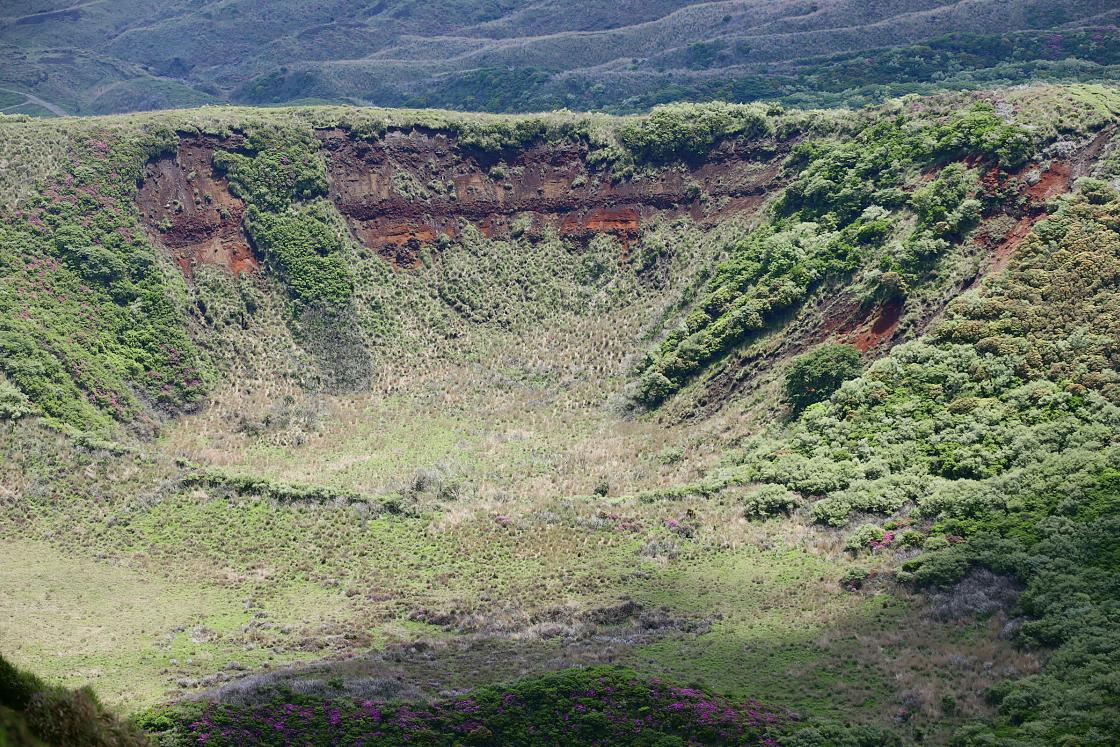

Visitors have the option of extending the walk by joining a wider loop back to the museum car park, but already short on time and feeling satisfied with the views I had seen it was time for me to continue on to my next stop, a 15 minutes drive to the northeast.
A unique animal theme park at the foot of the Mount Aso range, Cuddly Dominion began all the way back in 1973 as a one-of-a-kind "ranch" focused on breeding and showcasing bears. Since then, it has grown into a much grander facility, with dozens of species from around the world spread across expansive and leafy grounds.
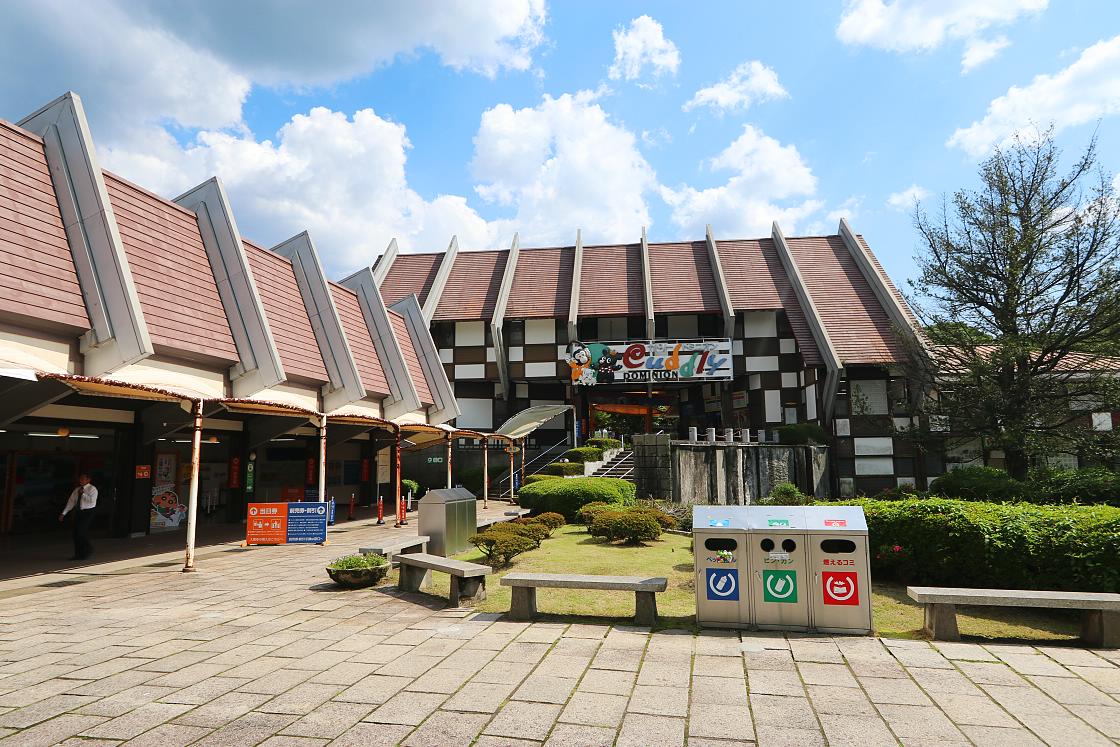
The largest area within the park and the first spot I visited was the Bear Valley, a series of enclosures housing about 130 animals belonging to three different species: Japanese black and brown bears, and Himalayan black bears.
At its center are several larger interconnected spaces where groups of the bears can be seen from various angles, climbing, interacting or just lazing around in the sunshine. Another highlight was just a few steps away at the Little Bear Square, where adorable baby bears can be seen up close with the careful supervision of trained handlers.
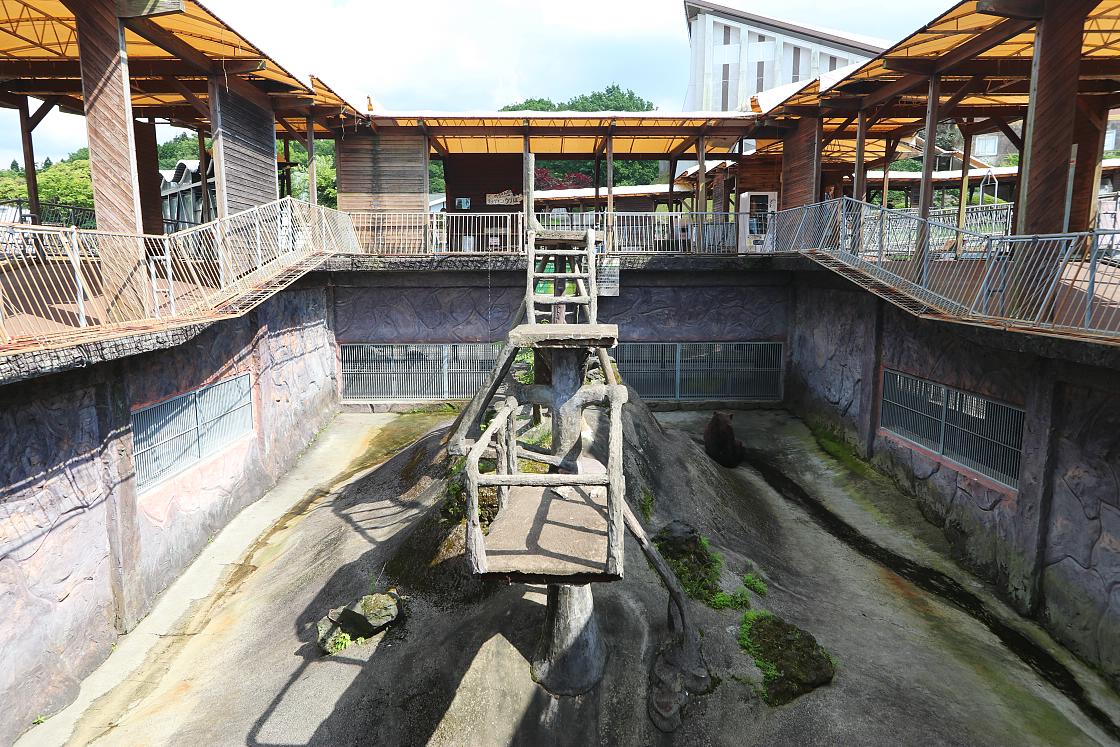
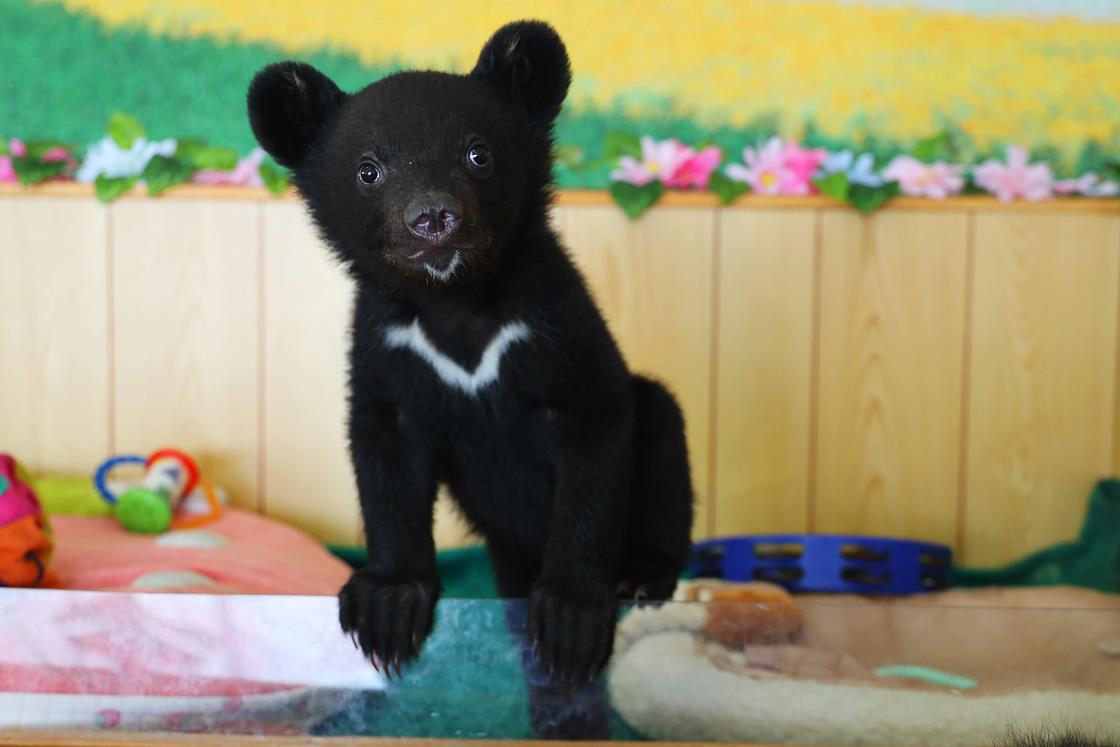
Altogether, I spent about two hours exploring the park and meeting its various residents, ranging from typical petting zoo favorites like guinea pigs and miniature ponies to larger and more exotic animals like alpacas, capybaras and even chimpanzees. All were housed in reasonably sized enclosures and appeared - at least to my untrained eyes - to be relaxed and well cared-for.
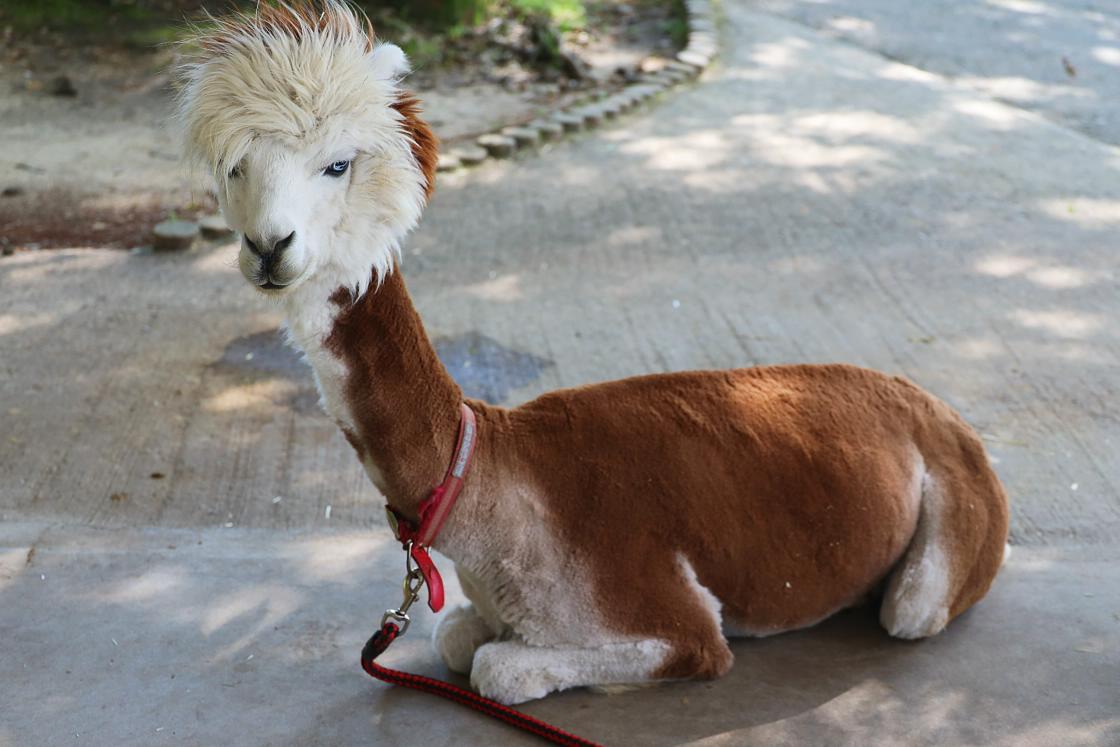
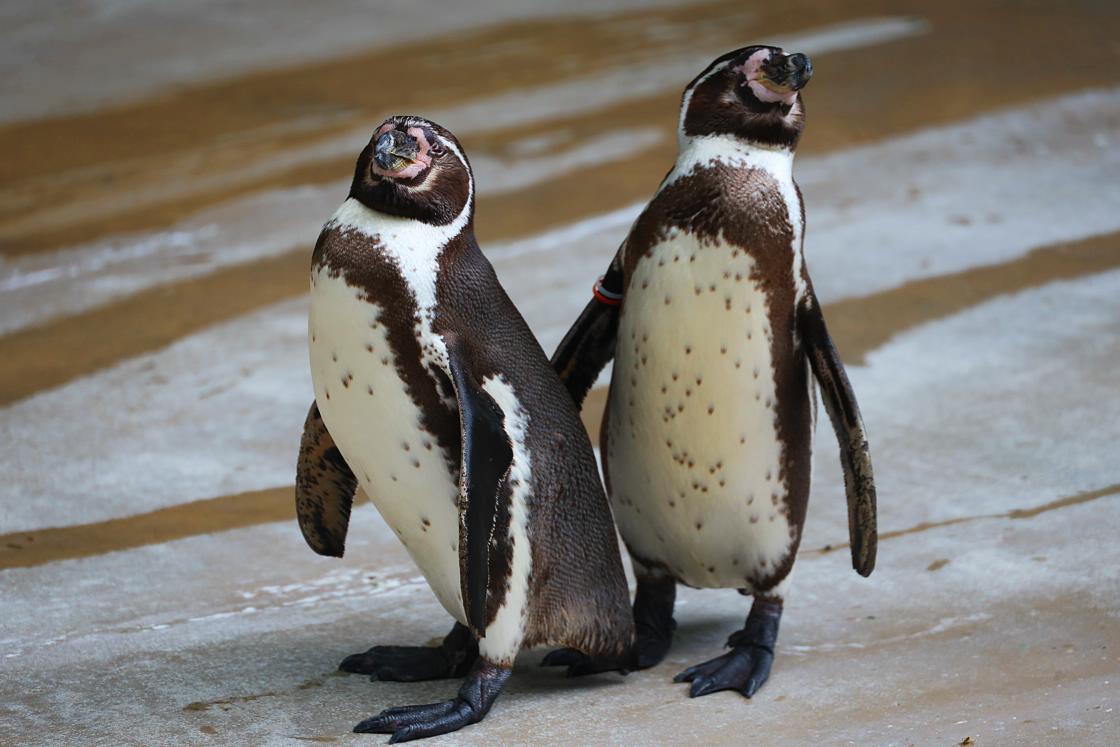

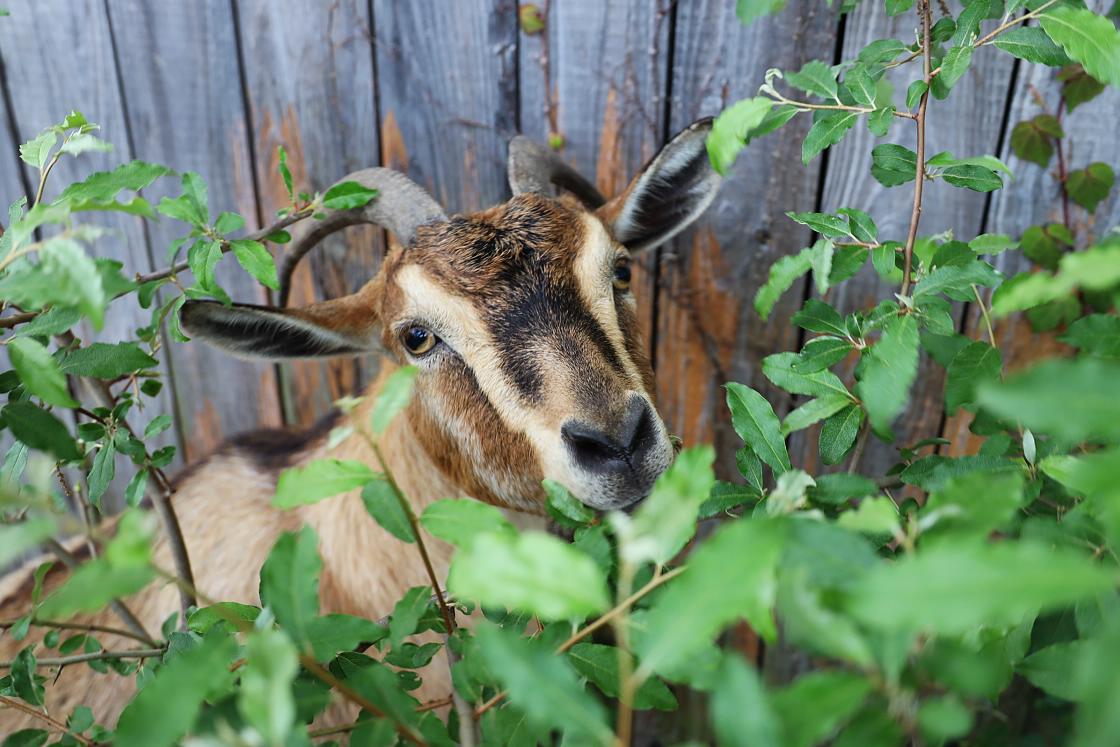
With the light just beginning to fade, it was time to jump back in my rental car for a very short drive to my second night's accommodation, located just moments away. Despite lacking the open, grassy surroundings of my previous stay, the KAMENOI HOTEL ASO PARK RESORT boasts well over twice as many guest rooms and more extensive facilities including a larger restaurant, a spa area, additional onsen baths with mountain views and even a heated indoor pool.
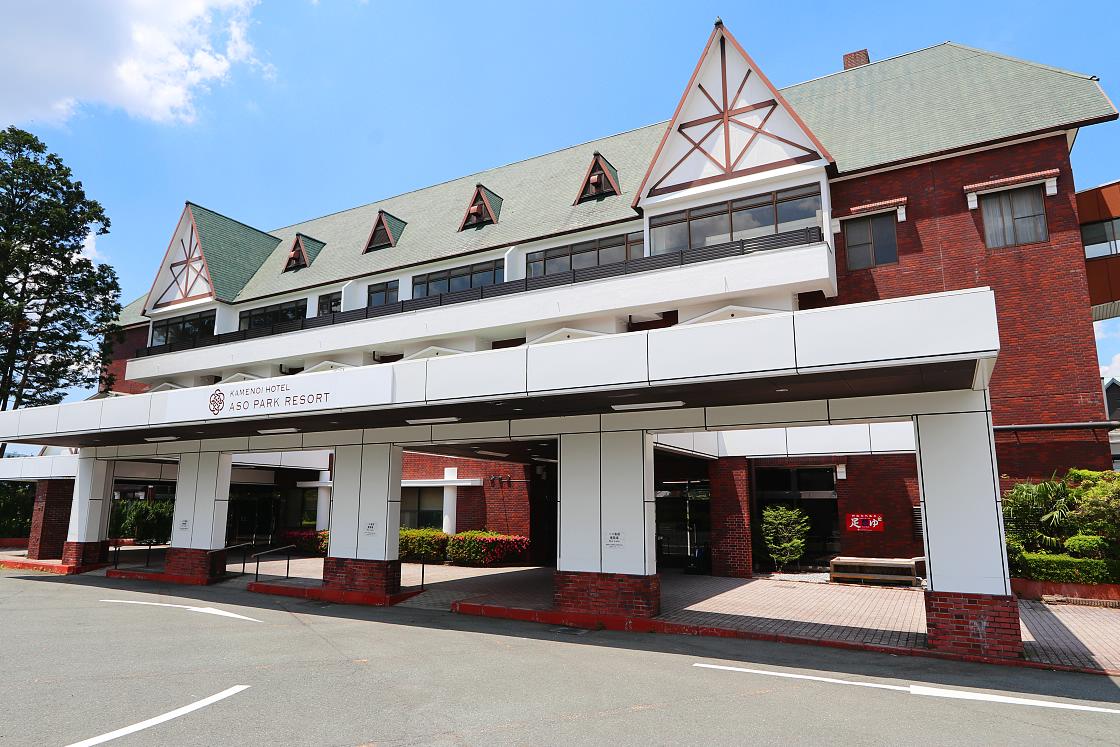
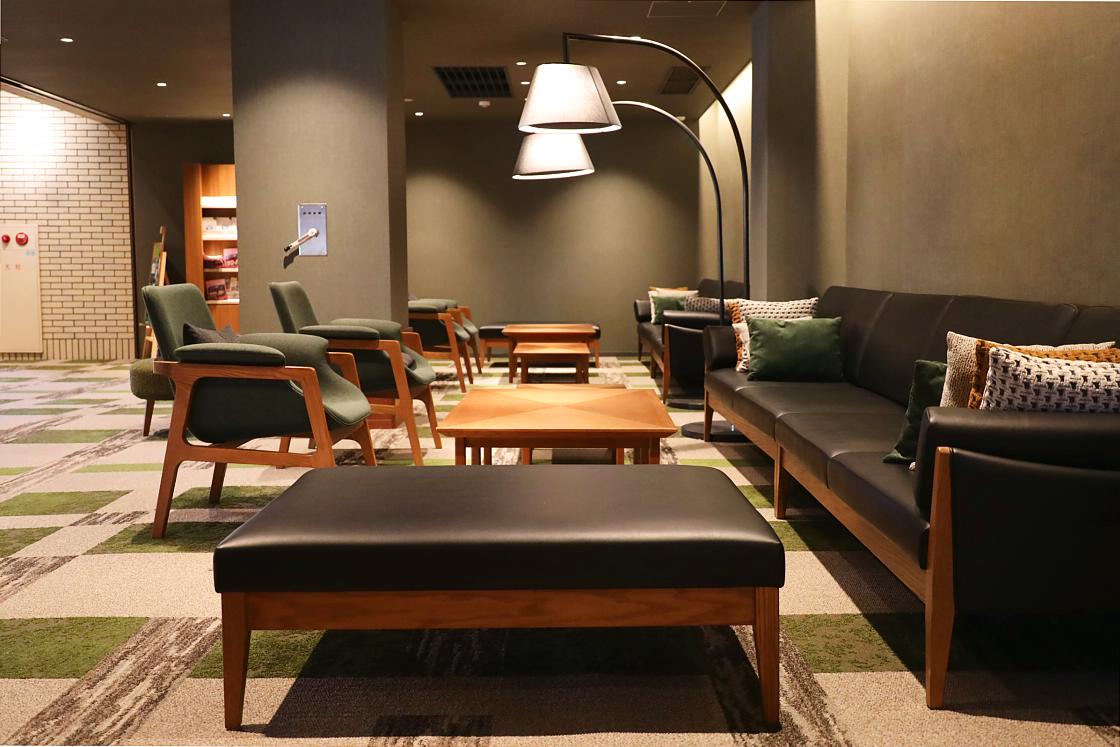
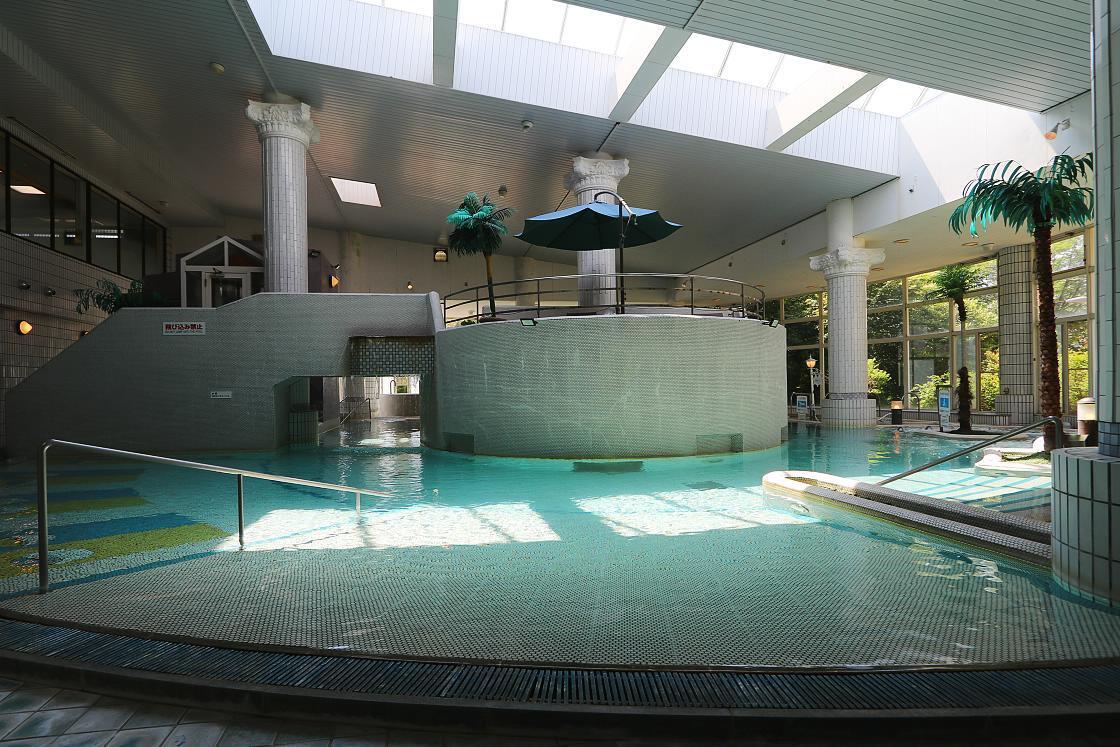
After checking in at the newly refurbished lobby, I went upstairs to take a look at my room and drop off my things. Light, cozy and with another first rate view towards Mount Aso, my western-style twin also benefited from a renewal as recently as December 2024, with colorful new wallpaper and fresh, unmarked furniture.
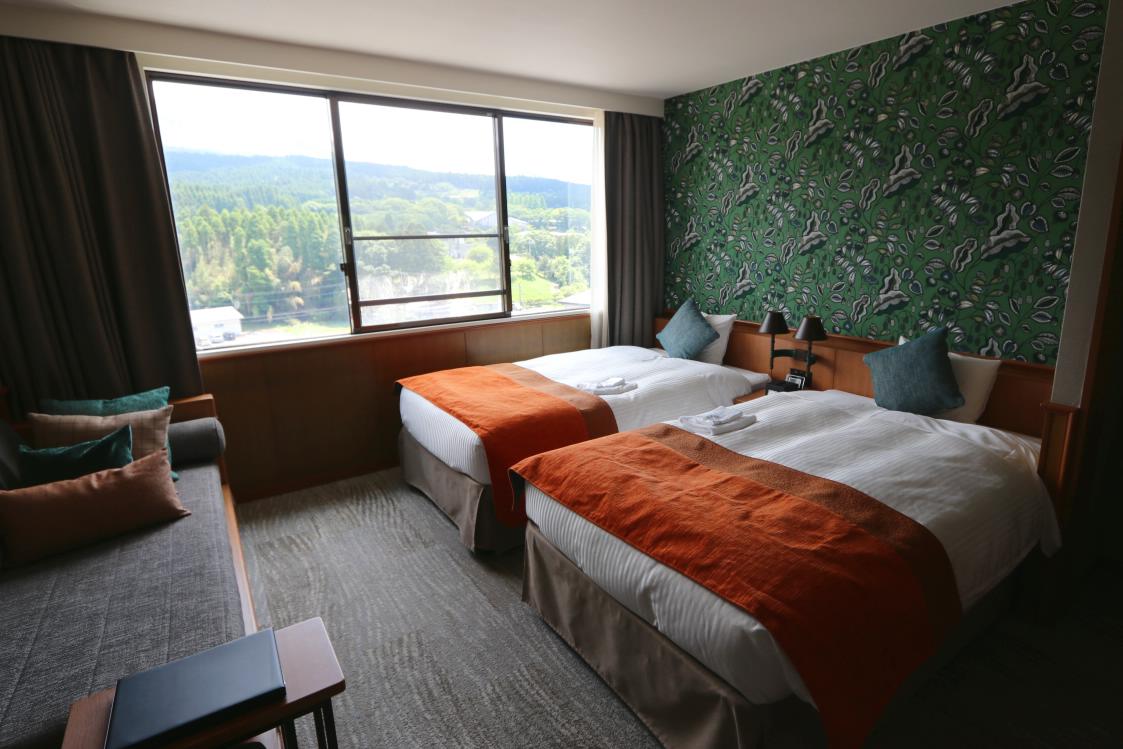
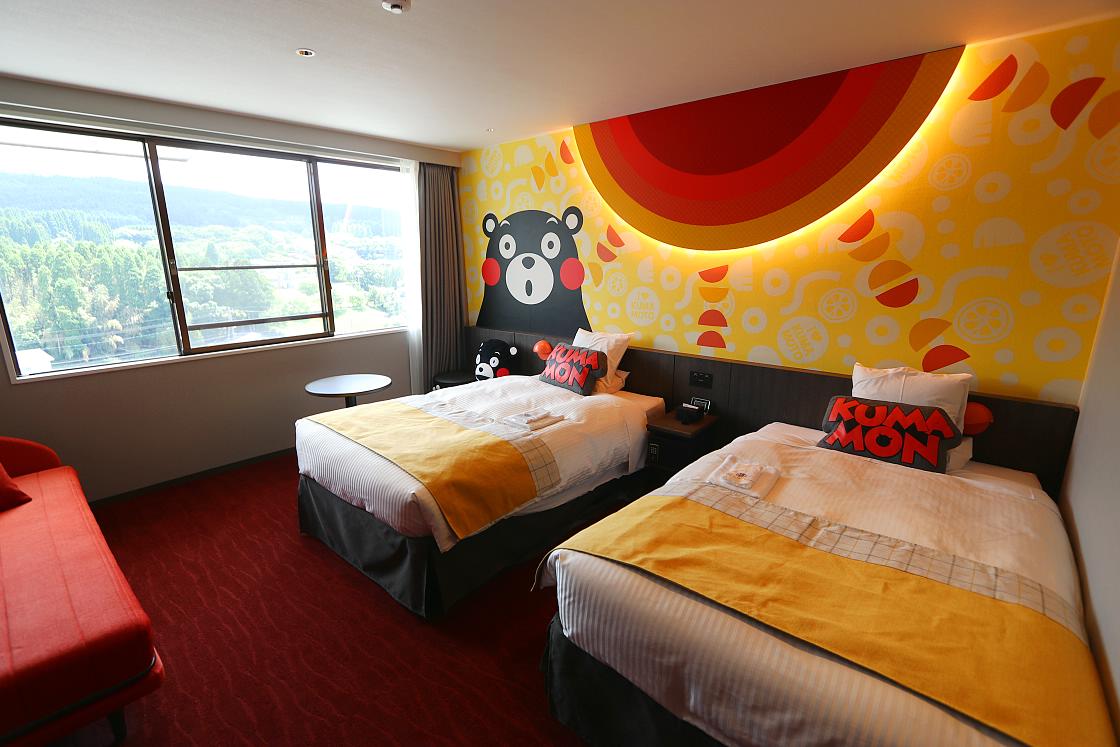
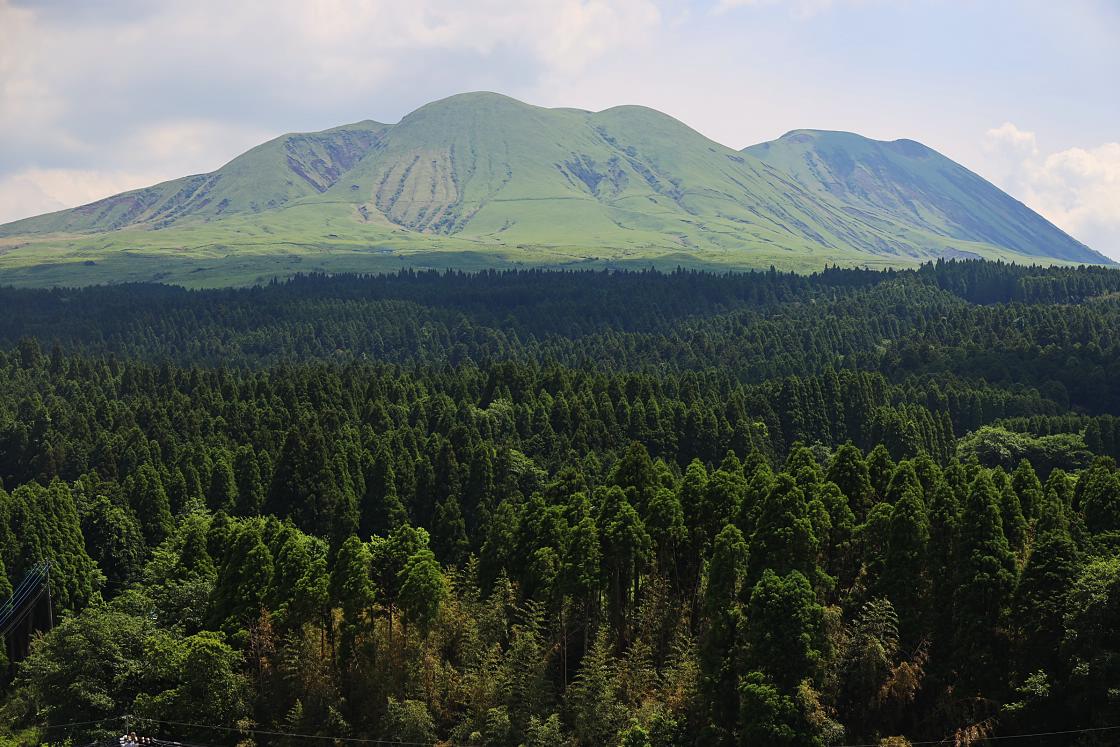
Keen to wash away the stickiness from a hike in the sun and a ride in a hot, cramped car, I made my way over to the top floor "view baths" facing out over the treetops towards Aso's five peaks. While the baths themselves were a bit on the faded side and I missed the feel of soaking in the open air, the same mineral-rich water turned out to be just what I needed, and in no time at all I felt refreshed and more than a bit hungry.
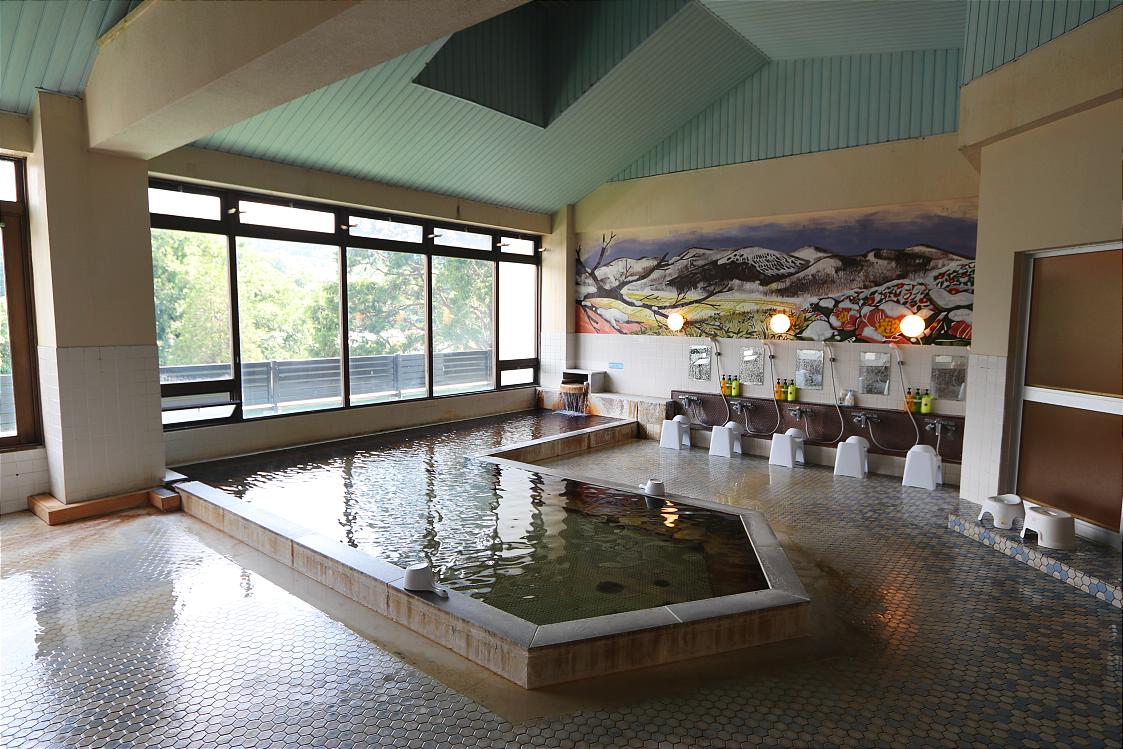
View Baths
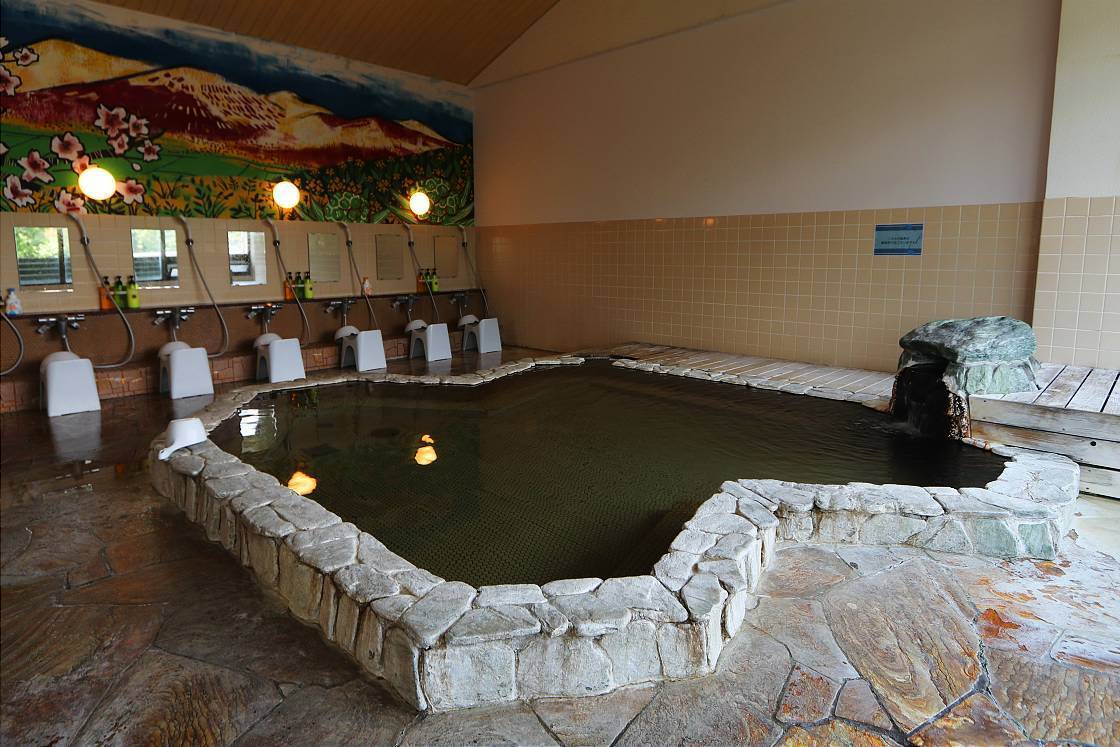
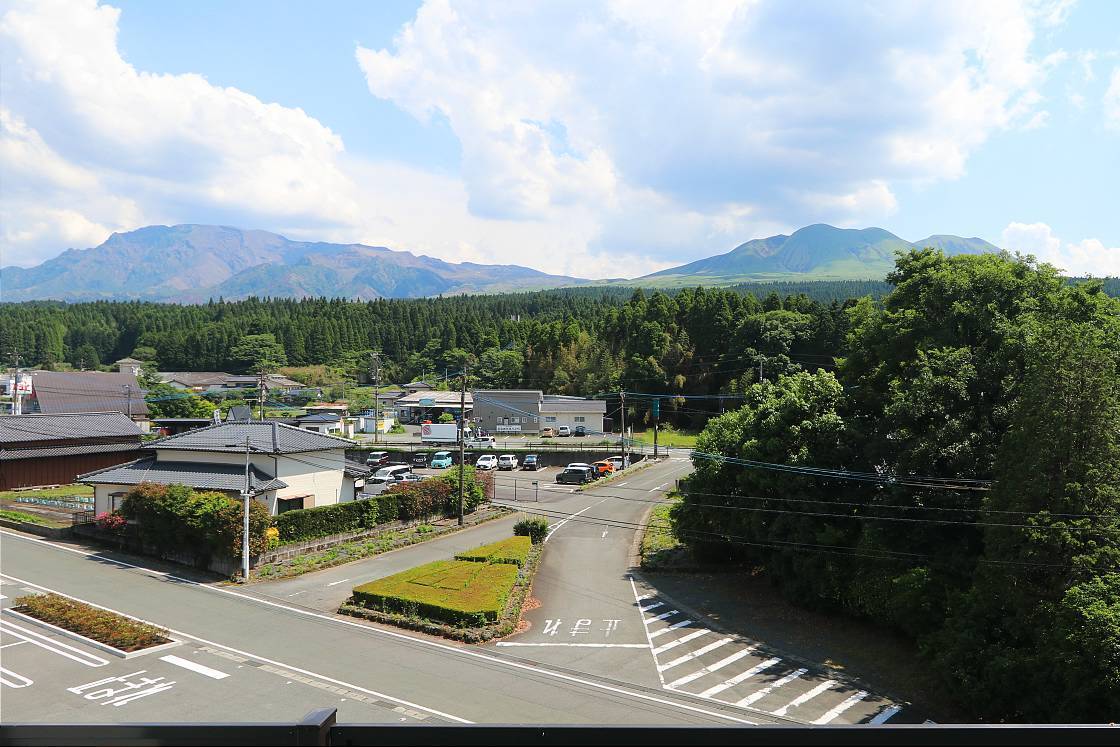
Dinner at the hotel's much larger restaurant followed a similar pattern to the previous night but felt quite different, with an excited buzz as guests from all over the world explored the wide selection of dishes on offer. Making my own way around, I piled my tray with meat, vegetables, and rice topped with gorgeous-looking seafood, but still had to make second and third trips just to scratch the surface of what was available.
Just like my previous night's stay, the food here was beautifully cooked and presented, with a strong emphasis on local produce. What really stood out for me though was the sheer variety on offer, with something for everyone and even a kid's corner stocked with spaghetti, meatballs and fried chicken, sure to make life easier for put-upon parents.
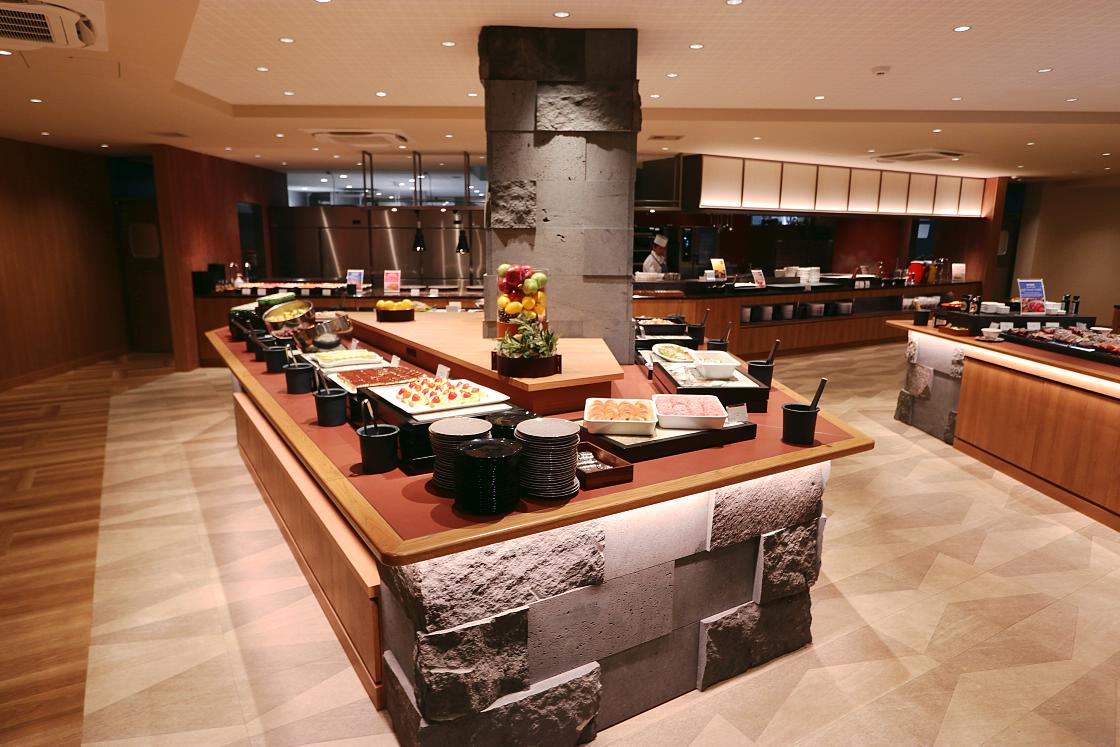

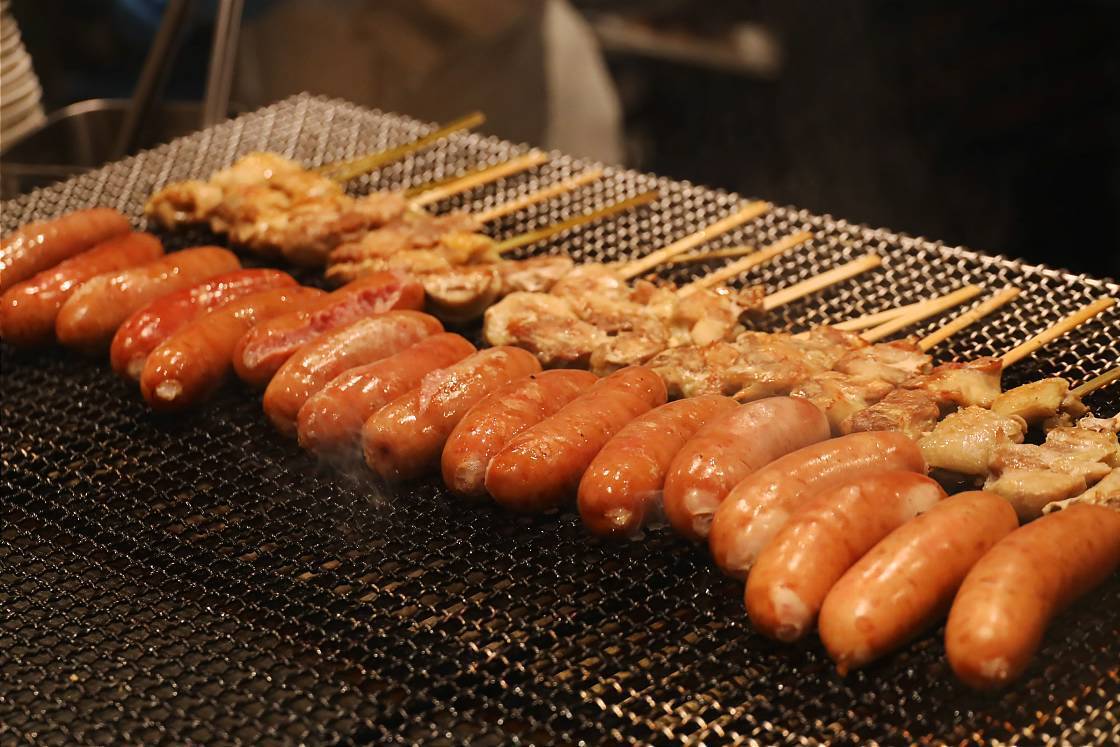
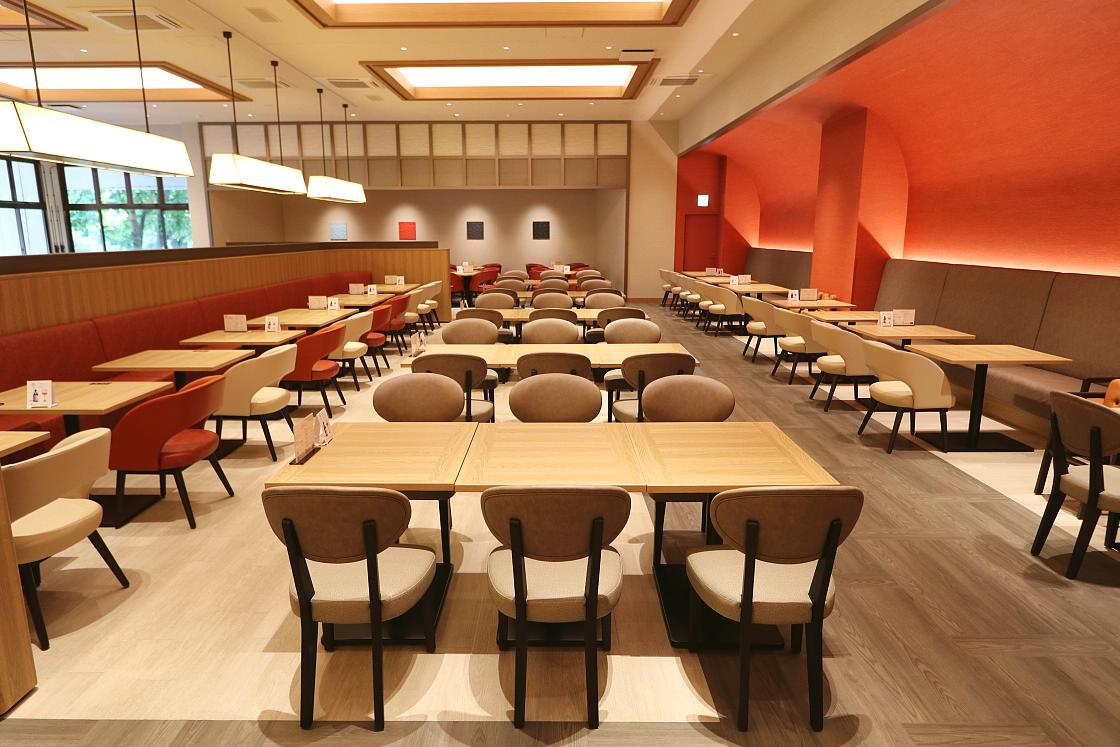
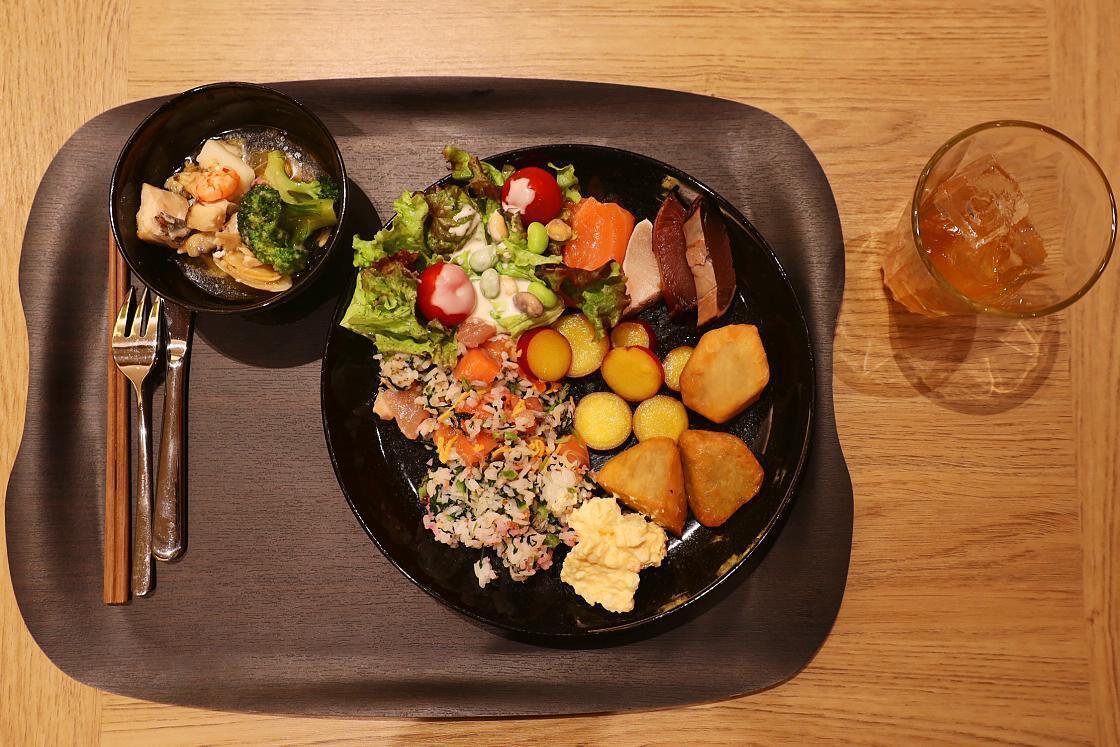
With the day's experiences and an unusually large meal beginning to catch up with me, I made my way back to my room just in time to catch the last light turning the mountainsides to soft shades of pink and purple.
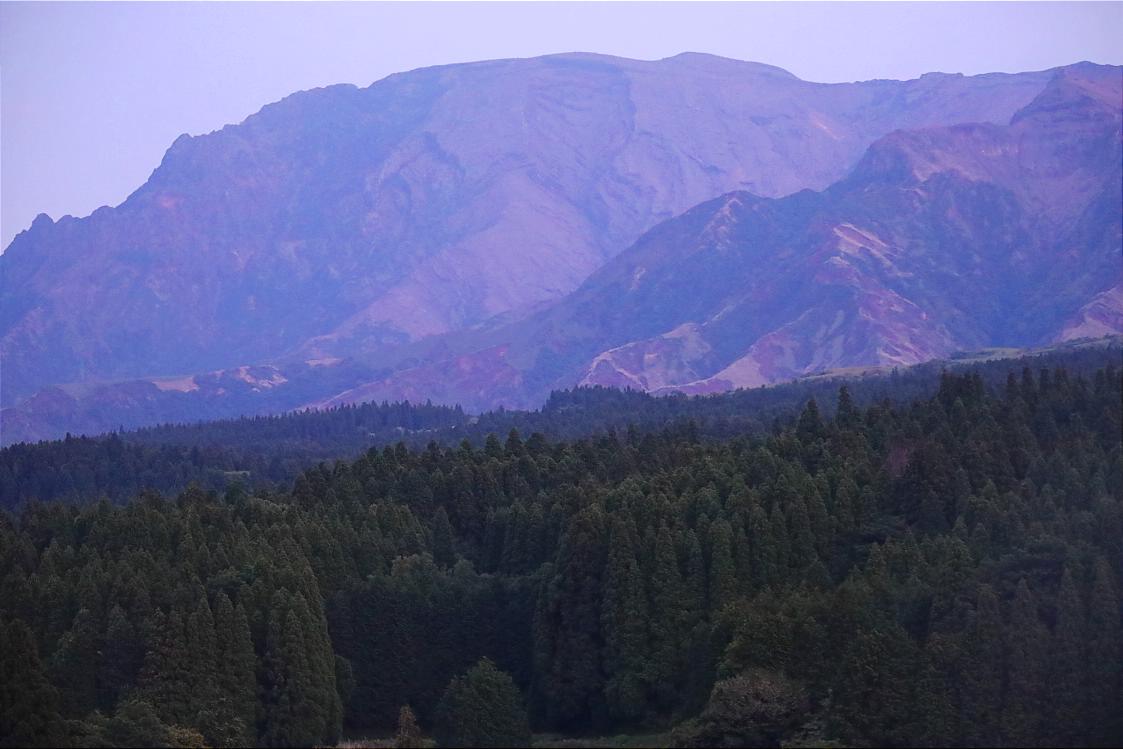
Day 3
My second and final full day in Kumamoto began much like my first, albeit with a longer soak in the resort's large public baths easing the soreness in my leg muscles to something not entirely unpleasant, and an extra circuit or two of the breakfast bar to make sure I hadn't missed out on any of the pastries.
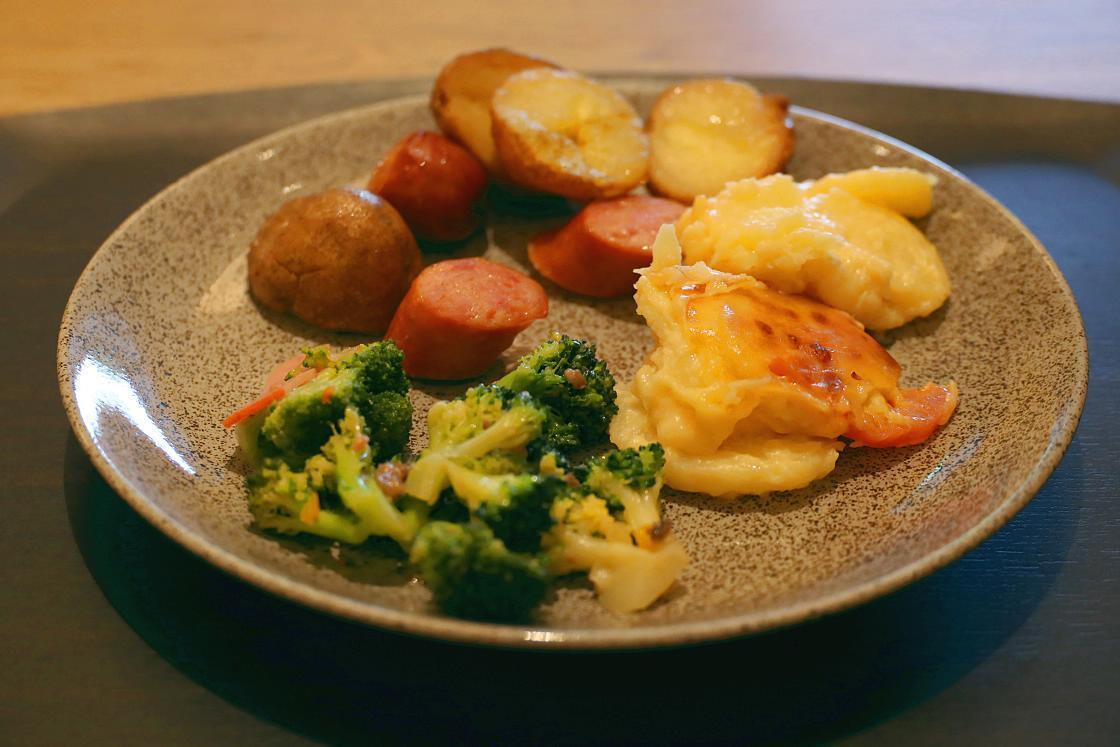
Back in my car, I retraced the previous day's route into the highlands toward the center of the caldera, stopping again at the Aso Volcano Museum parking lot. This time however, I headed southwest into the Kusasenri, the expanse of grass shimmering invitingly in the bright morning sun.

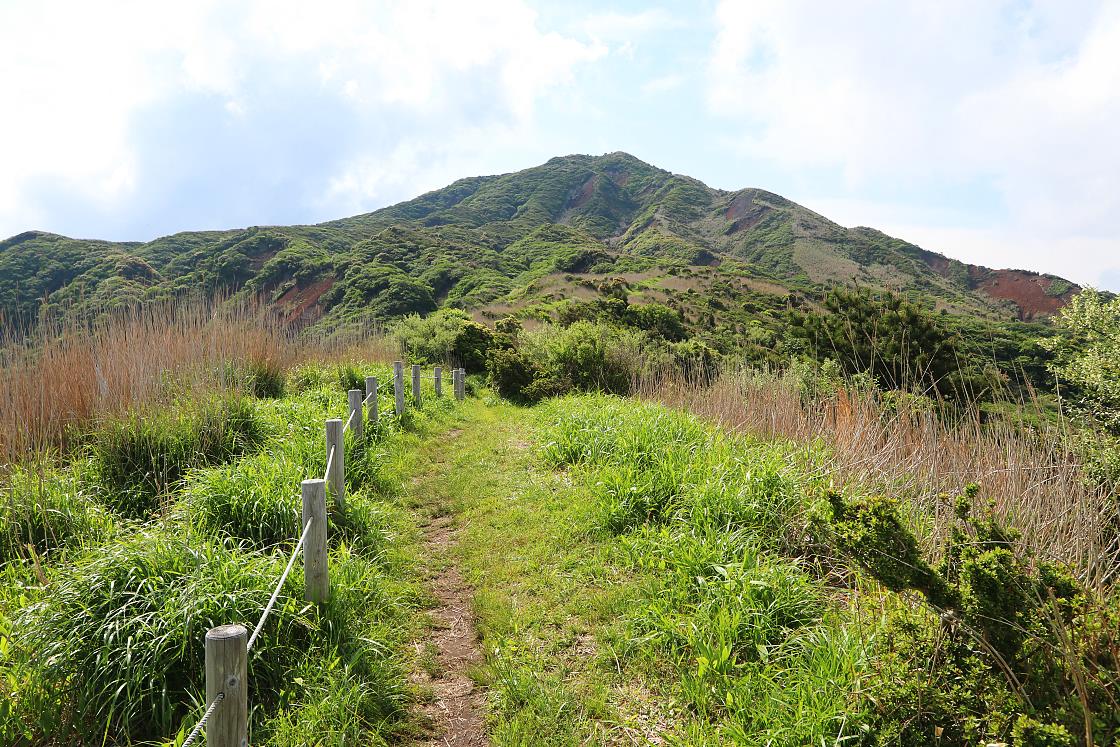
Reaching the opposite side of the plain, I continued through a little pass and up onto the side of Eboshidake, each wind in the path revealing a new and spectacular view: first back across the plain towards Kishimadake, then far out to the west, and finally - as I crested the peak - a sweeping panorama of the entire surrounding landscape, and a clearer perspective on Aso's central Nakadake Crater.
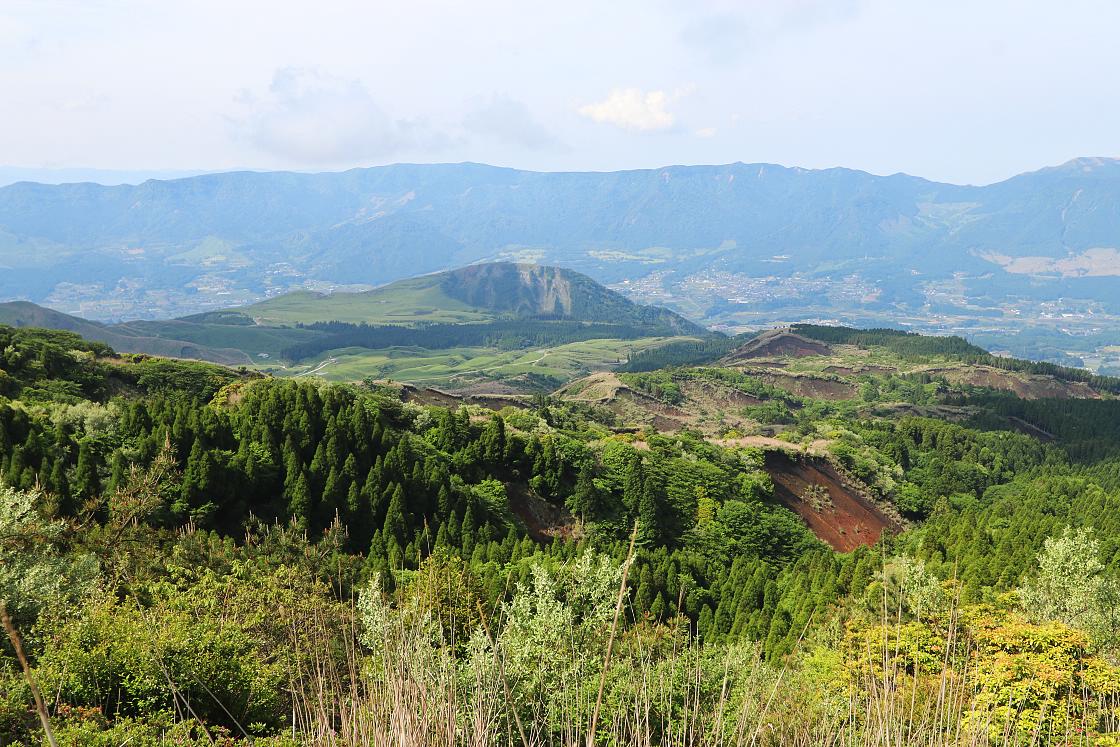
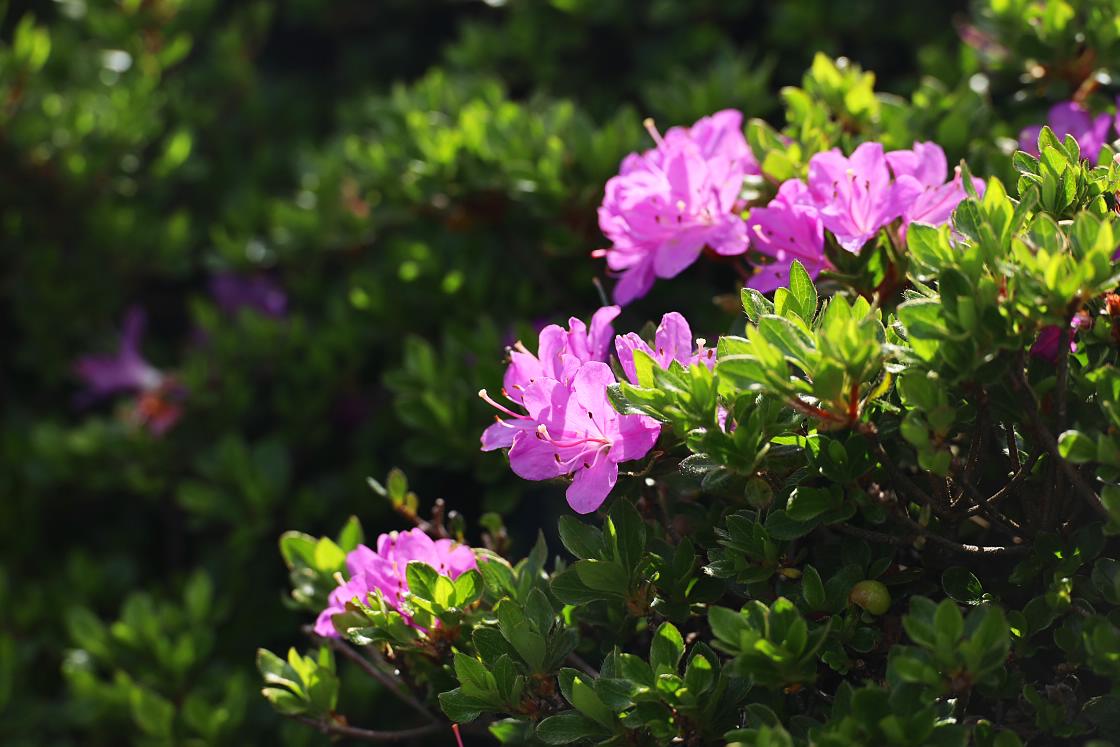
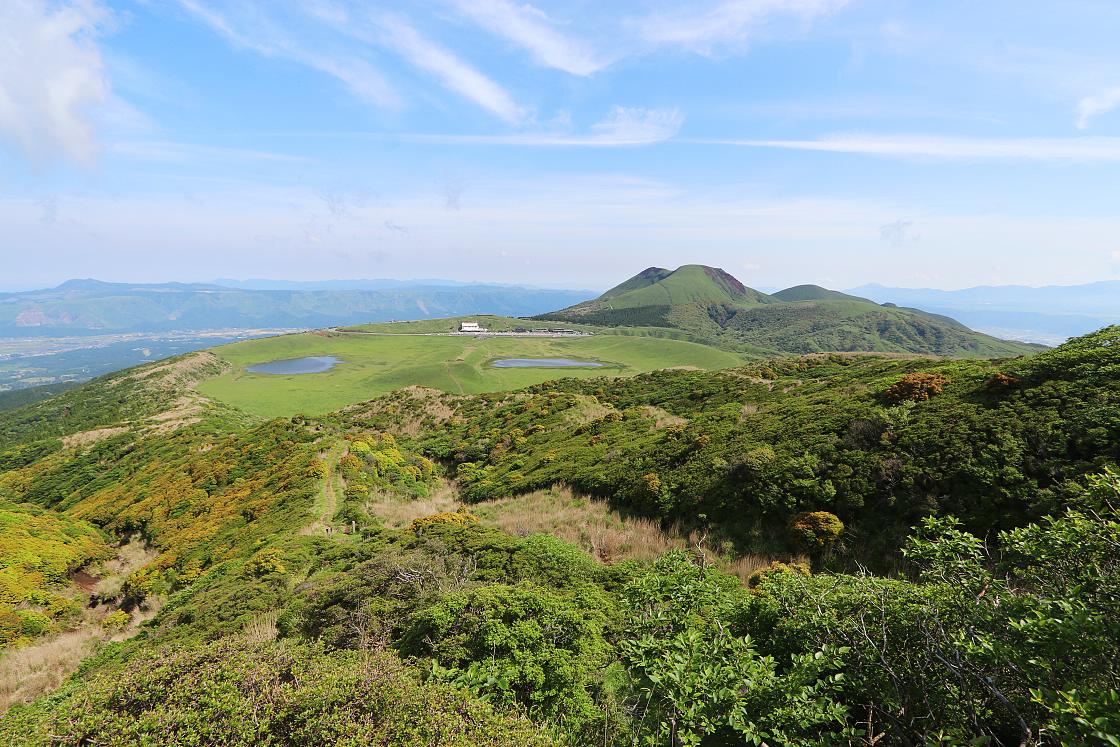
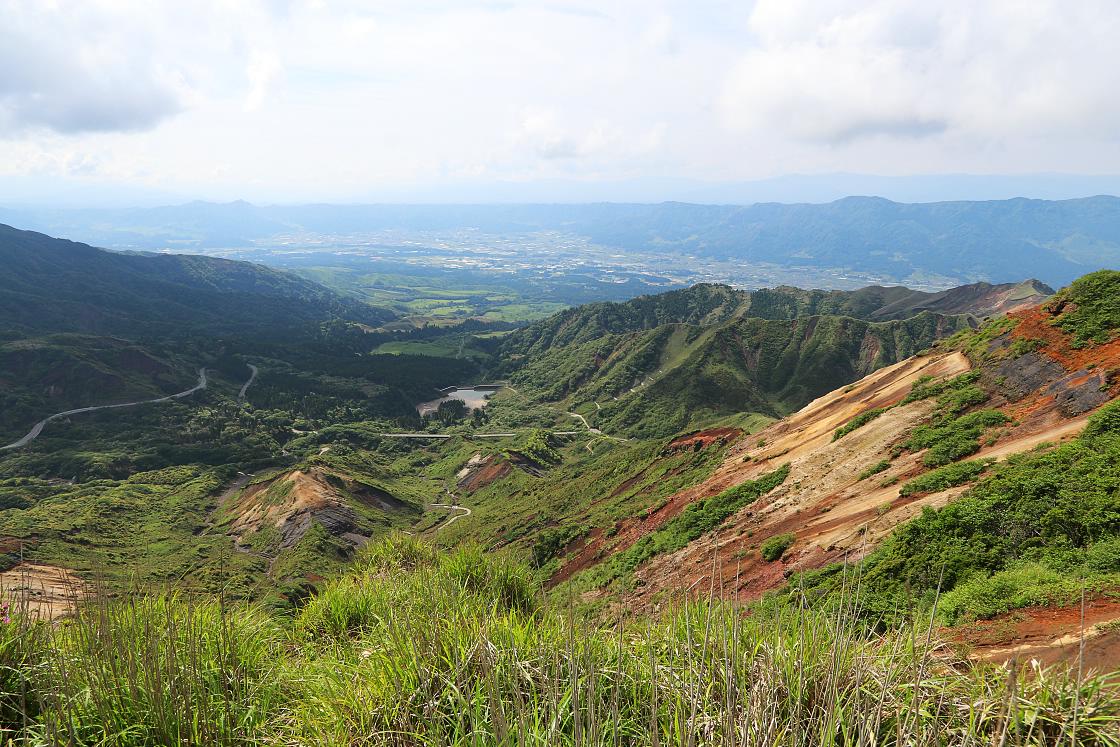
After circling back along the crater's western edge towards the parking lot, I found myself with a bit more time on my hands than I had expected - just enough for a three-kilometer dash across the darkening, ash-strewn plain to the west for an up-close look into the area's only remaining volcanic vent.
While Nakadake's summit requires a 90-minute climb and would have to wait for my next visit, its active main crater can be easily accessed by car - one of just a handful of such sites around the world.
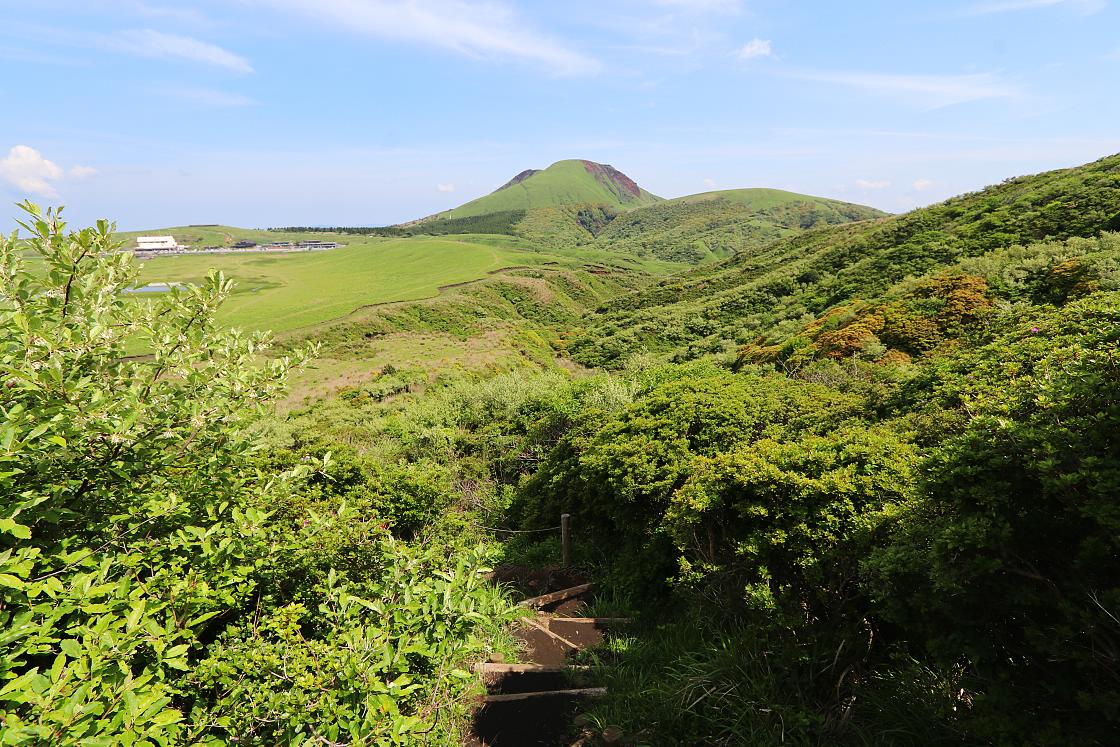
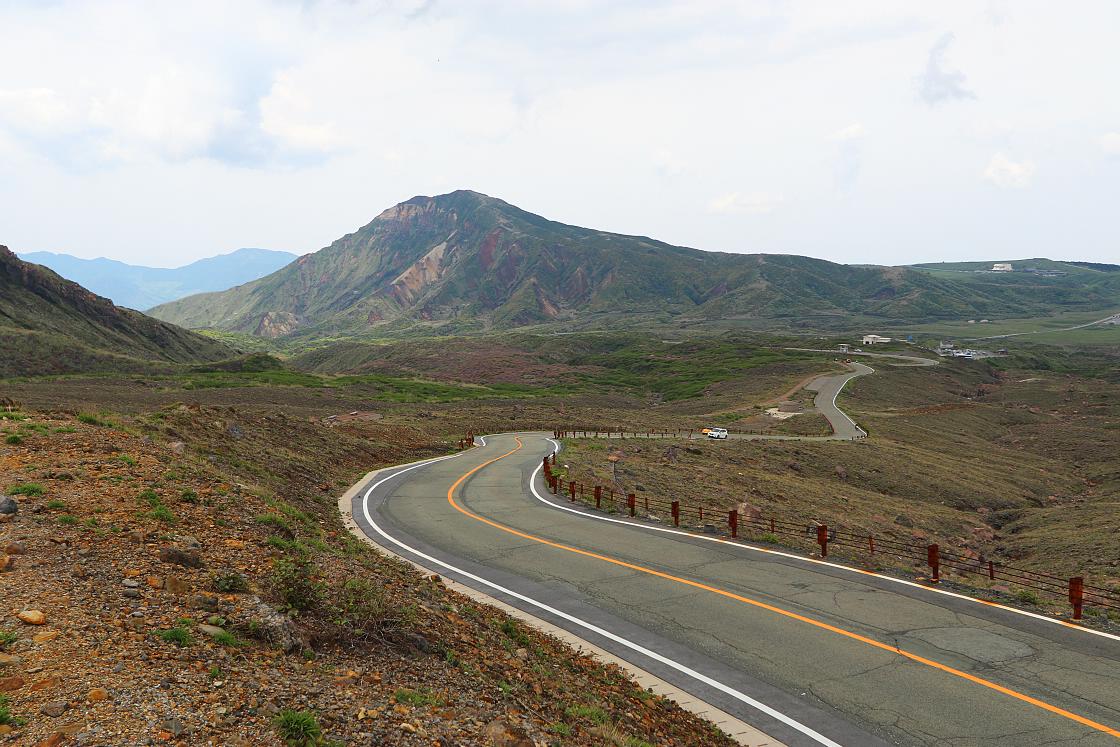
Fully 600 meters across, 130 meters deep and venting a tall white plume, the crater was an impressive sight indeed. Peering down through the thick steam, I could just make out a pool of churning, milky-blue liquid beneath - a highly acidic mixture of collected rainwater, hydrogen sulfide and other volcanic minerals.
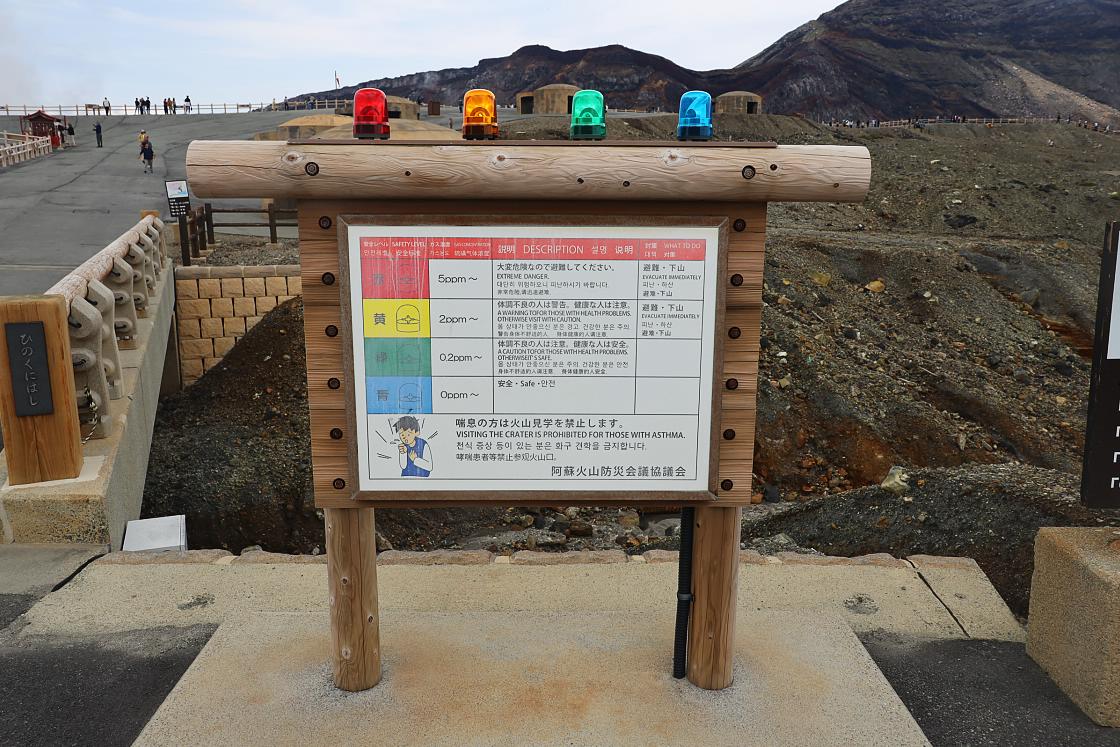
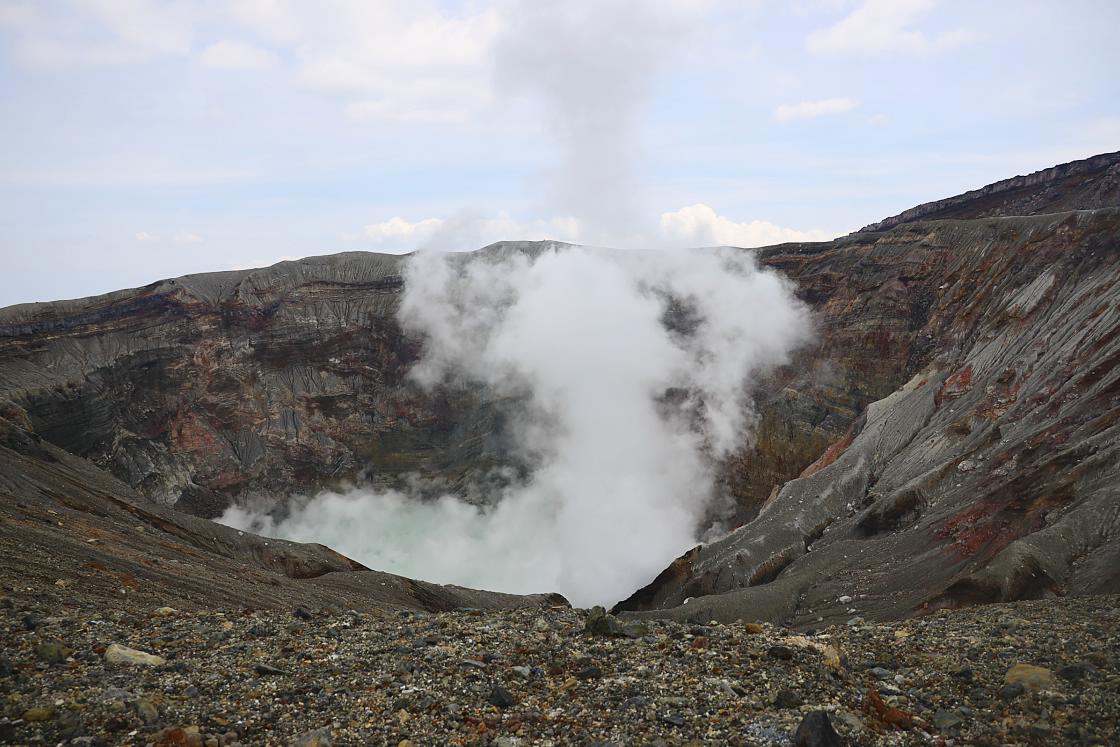
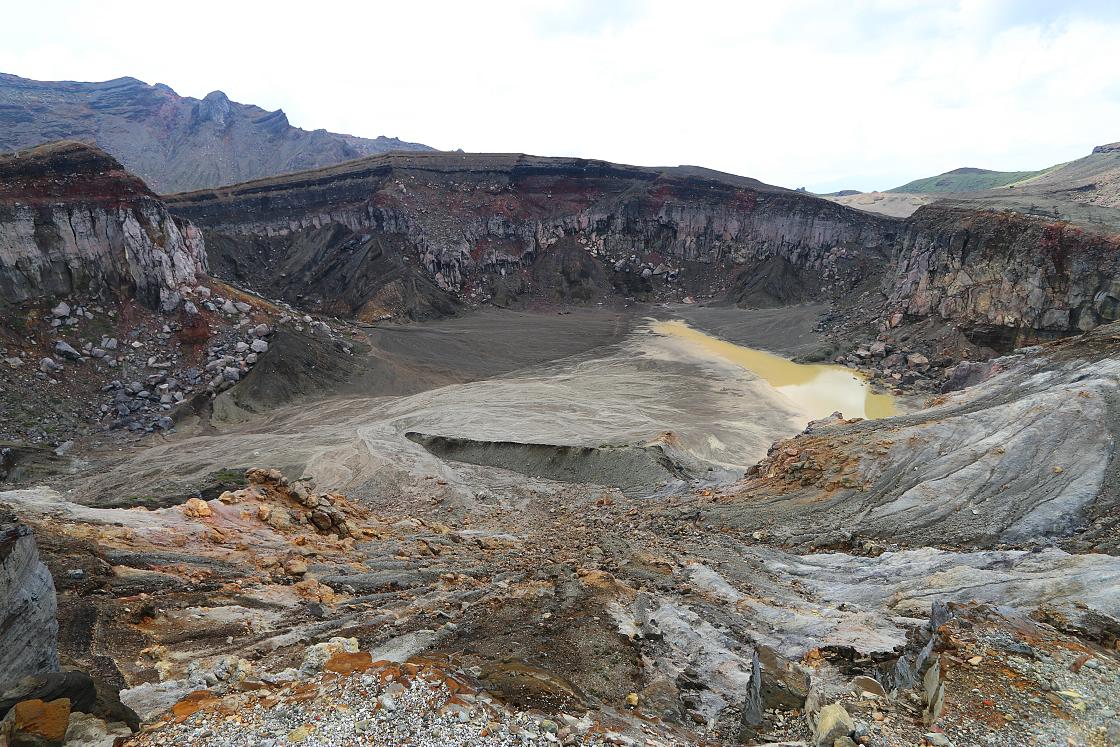
With that final standout moment from my trip, it was time for me to say goodbye to Mount Aso and begin my long journey home via Kumamoto and Haneda airports. A near perfect introduction to the area, my time here had far exceeded even my high expectations and I found I could easily imagine a similar experience working for all sorts of travellers, from solo backpackers to families with small children.
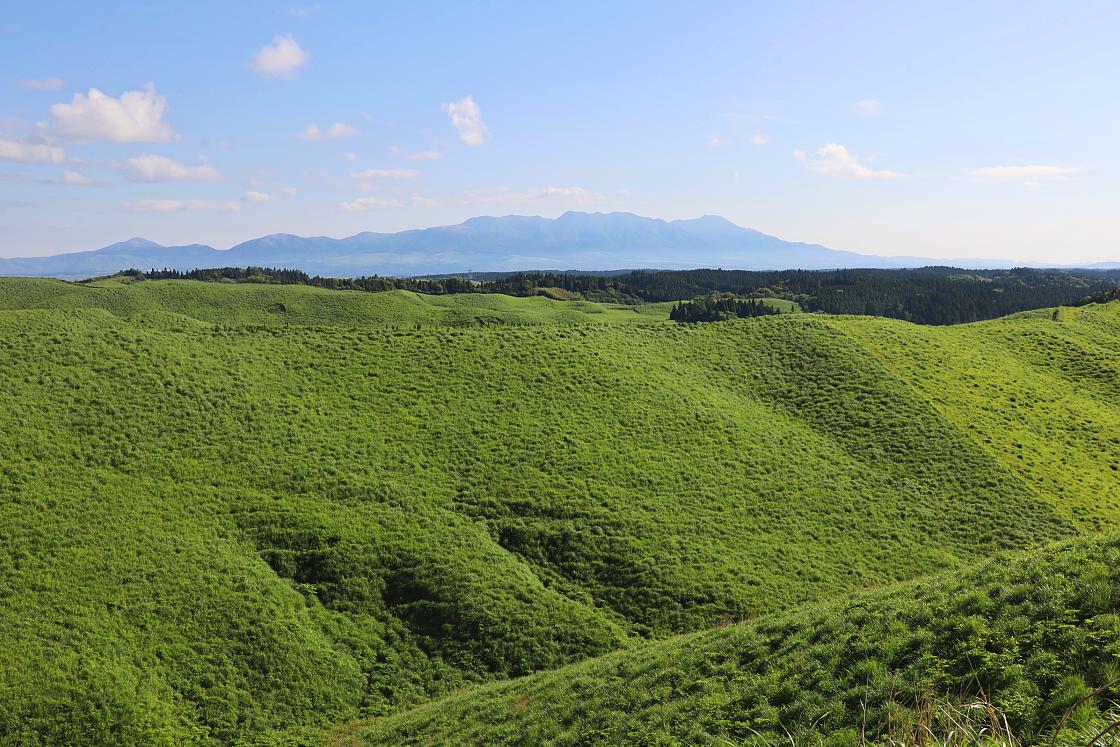
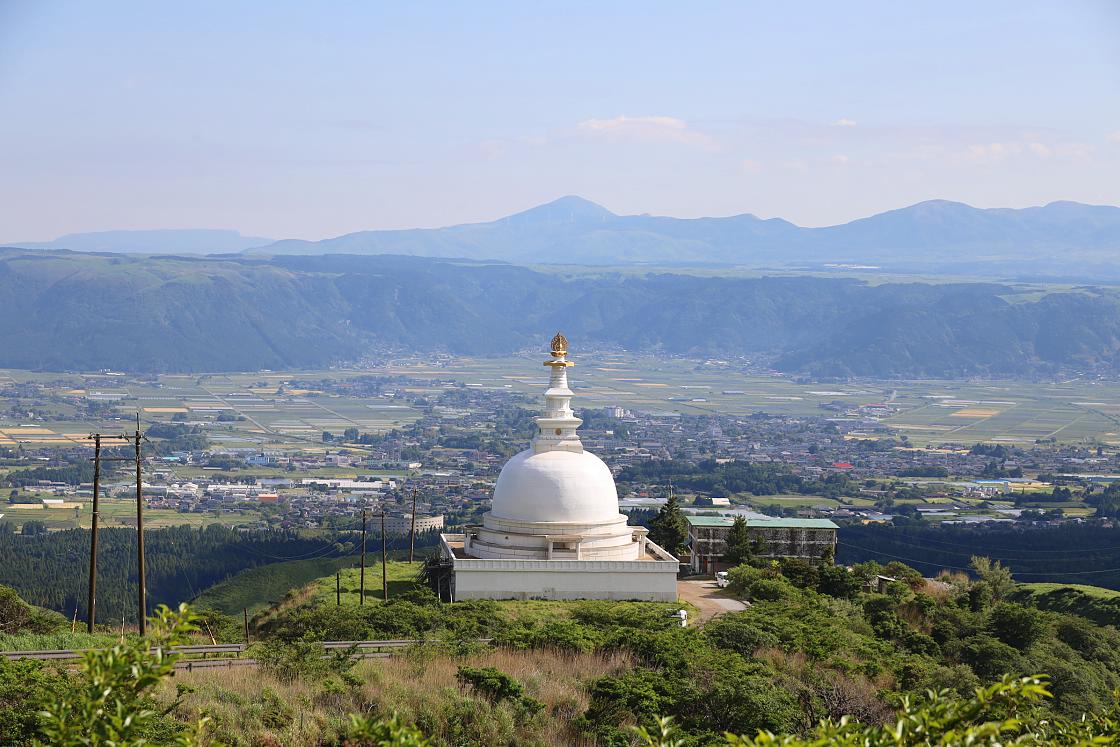
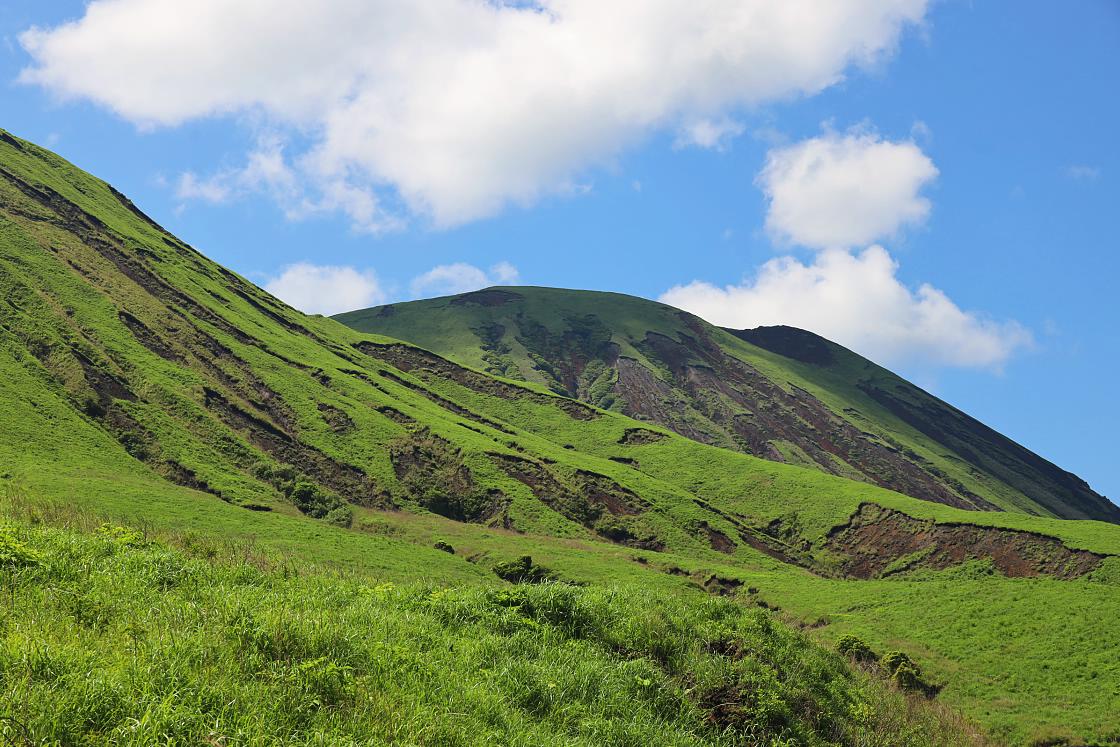
Discover More
- KAMENOI HOTEL ASO
5936 Ichinomiyamachi, Miyaji, Aso, Kumamoto 869-2612
0967-22-1122 - KAMENOI HOTEL ASO PARK RESORT
1230 Kurokawa, Aso, Kumamoto 869-2225
0967-34-0811
